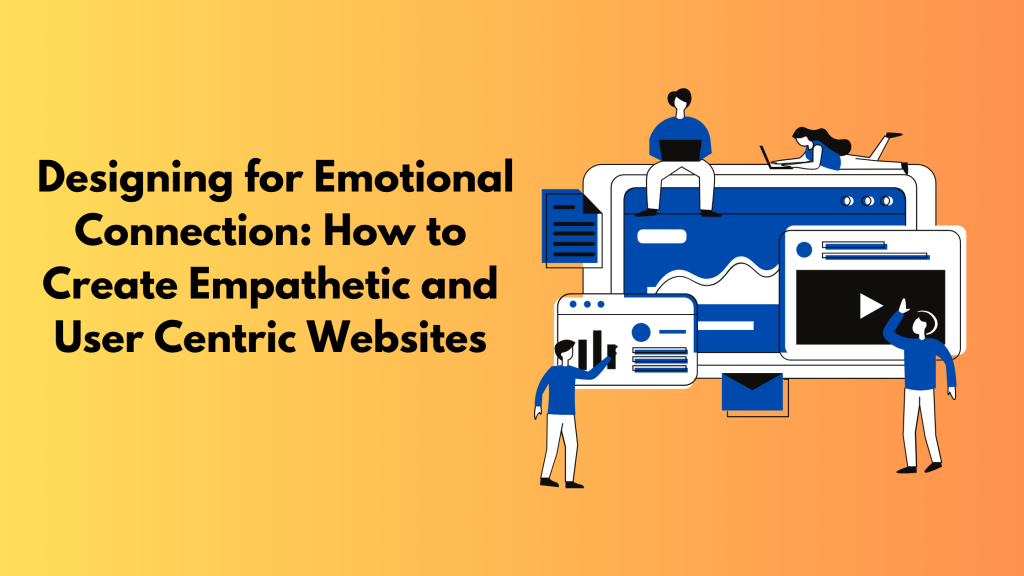
Building an emotional connection with your target audience is a must for sustainable business growth. It helps influence customers’ buying behavior and their experience with your brand. If you create a strong emotional connection with your users by creating emotional design, then chances are they will have a smooth user experience and will turn into loyal customers.
A strong emotional connection will also encourage users to recommend your brand to other users, increasing your brand’s visibility and awareness. It also helps give you an edge over your competitors. A strong emotional connection will also lead to long-term brand loyalty.
Overall emotional connection is a crucial and critical factor for shaping the future of the business. Web designers who consider emotional connection in their design will have more happy, loyal customers. In this blog, we’ll learn emotional design and empathetic design. Also how to connect users at an emotional level and how to apply emotional design.
What are Emotional Design and Empathetic Design?
Emotional design simply means creating a design or providing an experience that evokes emotion in the users. When users love using a particular product, they become emotionally attached to it and continue to use it, this is called product stickiness. As a web designer, you want to evoke the correct emotions of the users to lead to sustainable business growth. To connect with users you must focus on elements like aesthetics, storytelling, personalization, efficient solution, easy to use, etc. An attractive design will evoke positive emotions. Likewise using storytelling around your products and services helps in forming a strong emotional connection. Personalization helps in creating content that is unique for the user and makes them feel valued. If you provide efficient solutions to their problems chances are they will return again. An easy-to-use web design evokes positive emotions.
Brands use different colors, typography, image, video, navigation, etc for building an emotional connection. The main aim of emotional design is to build emotional connections, create memorable experiences, and evoke emotions. It connects with the user on an emotional level and makes the interaction more interactive and fun.
Where an empathetic design understands the user’s feelings, needs, and perspectives in order to create products and services that are supportive, inclusive, and compassionate. It ensures a smooth experience for the users and reduces pain points. To create an empathetic design you must focus on the user and listen to them. You should create a user-centric design that is accessible to all. Also, create a sufficient process for collecting and managing feedback.
Techniques for creating an empathetic and user-centric website

To create a website that helps in forming an emotional connection with the users, you must have a better understanding of your customers. Some of the effective strategies are:
- Storytelling: By adding a narrative to your web design, you can evoke empathy and drive an emotional connection to your website. A narrative can be used to convey brand values, highlight user experience, and guide users through the process. A well-crafted storytelling can evoke emotions such as happiness, excitement, trust, empathy, and curiosity.
- Design: Various elements such as typography, color, imagery, etc help in setting an emotional tone to your product. For example, bright colors can evoke emotions of happiness, similarly a mute tone can create a sense of calmness. Typography also affects the emotional connections of the user with the brand. Try to design an experience that encourages repeat behavior.
- Interactive elements: Interactive elements such as animations, interactive buttons, etc make the user experience more engaging. A well-crafted animation can evoke delight and happiness. To boost engagement, you can add a reward and challenges to your content strategy. Make the process of leaving a review simple and engaging. Similarly, adding more interactive elements to your designs ensures a smooth and engaging experience.
- User-centric design: Understand your user’s pain points and needs. Conduct research to understand your target audience and make smart decisions. Make sure your design is inclusive and personalized to ensure a smooth user experience.
- Sensory experience: Use audio effects and voiceovers for better engagement. You can guide your users through the website by following a visual hierarchy. Use infographic or animation for simple transfer of information.
- Humanize content: humanize your content by using a certain language that your users use, and add an element of humor to form a connection with your users. Highlight brand core values and philosophy.
Case Study of Emotional Design

Airbnb: Airbnb has excelled in creating an emotional connection with its users by using visual design and powerful storytelling. They display the unique stories of their hosts which makes the users feel a personal connection with the places that they are considering. The clean design combined with elements of virtual reality gives a perfect view of places that the people are considering, it makes the user experience more interactive and builds trust.
Nike: Nike’s website and app use powerful storytelling and interactive elements to evoke emotions such as motivation, encouragement, and confidence. Nike engages emotionally with their users by using powerful visual design, user stories, and interactive challenges. All this makes the user feel like they are part of their large community. This emotional connection creates feelings of brand loyalty and commitment to their fitness goals.
Headspace: It is a meditation app that uses visual design and storytelling to create a calm and peaceful user experience. It contains videos of meditation narrated in a soothing environment and voice, it is accompanied by animation as well to create a more fun user experience. The use of easy animation and color makes the users more calm and motivates them to fulfill their fitness goals.
Emotionally driven design is very important for fulfilling long-term business goals and making a strong network of customers. It helps in creating a memorable and peaceful user experience. By understanding the power and use of emotions in user decision-making and building trust, you can build a design or a product that resonates with your users. To build strong connections and evoke powerful emotions you must use interactive elements, storytelling, and visual design. All this will help in attracting more customers and retaining old customers. Lumia 360 understands the special needs of small and medium enterprises, wherein we have created user-centric websites for our clients that have increased their customer base and helped in providing a smooth user experience.
Read Also: A/B Testing: It’s Importance and How To Perform It
Read Also: Future Of Web Design: Preparing For The Future Trends



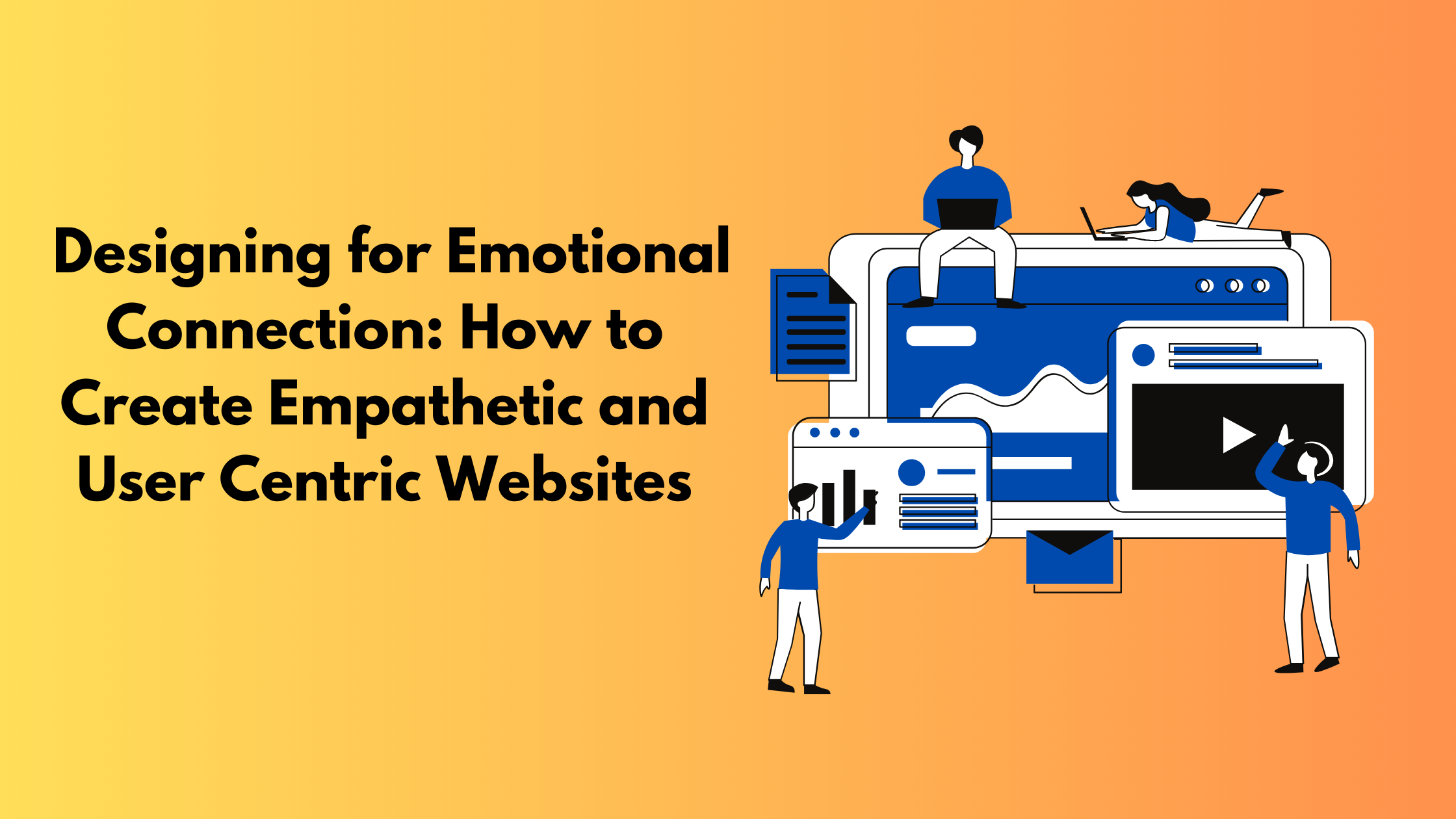
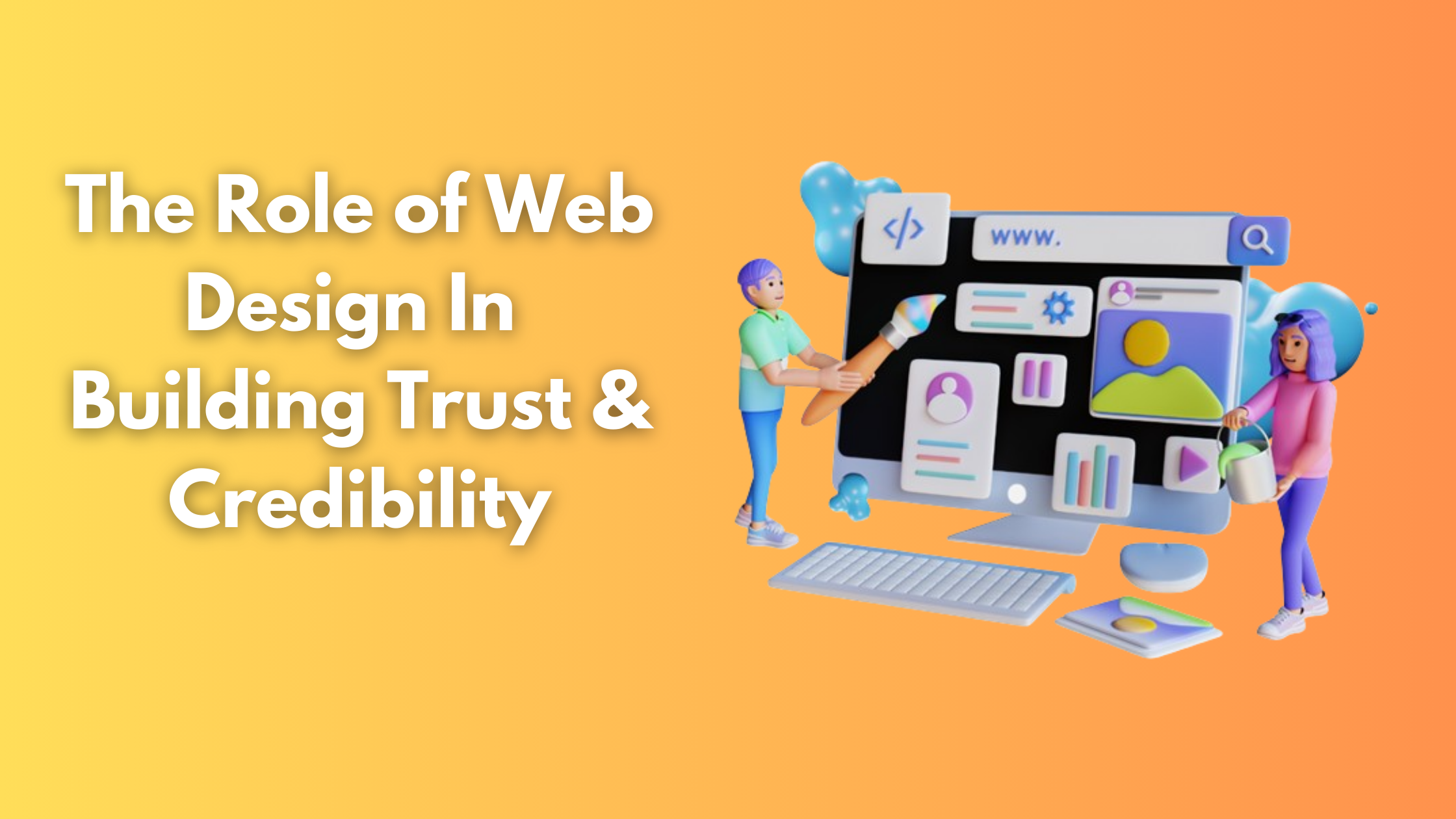
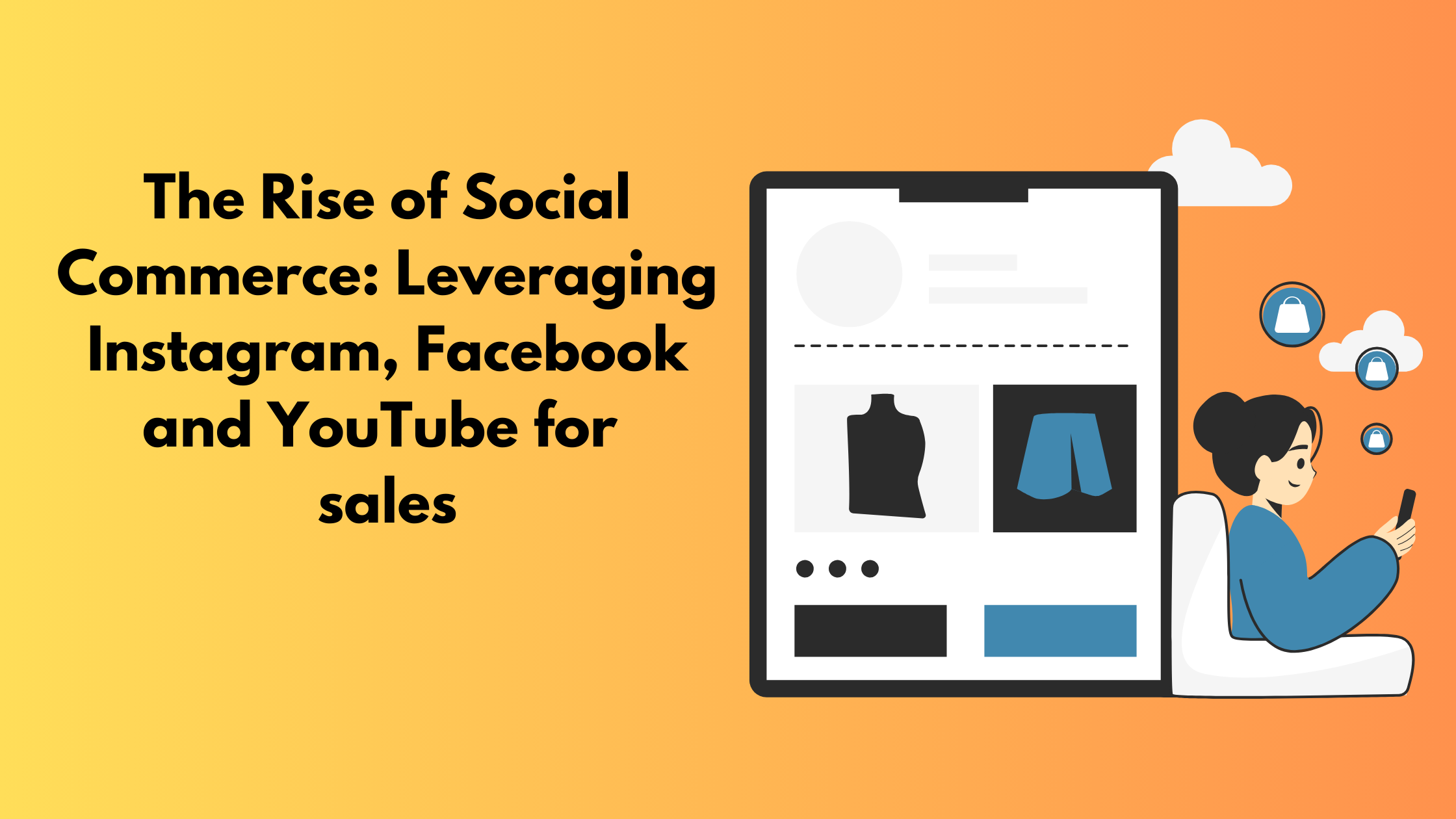


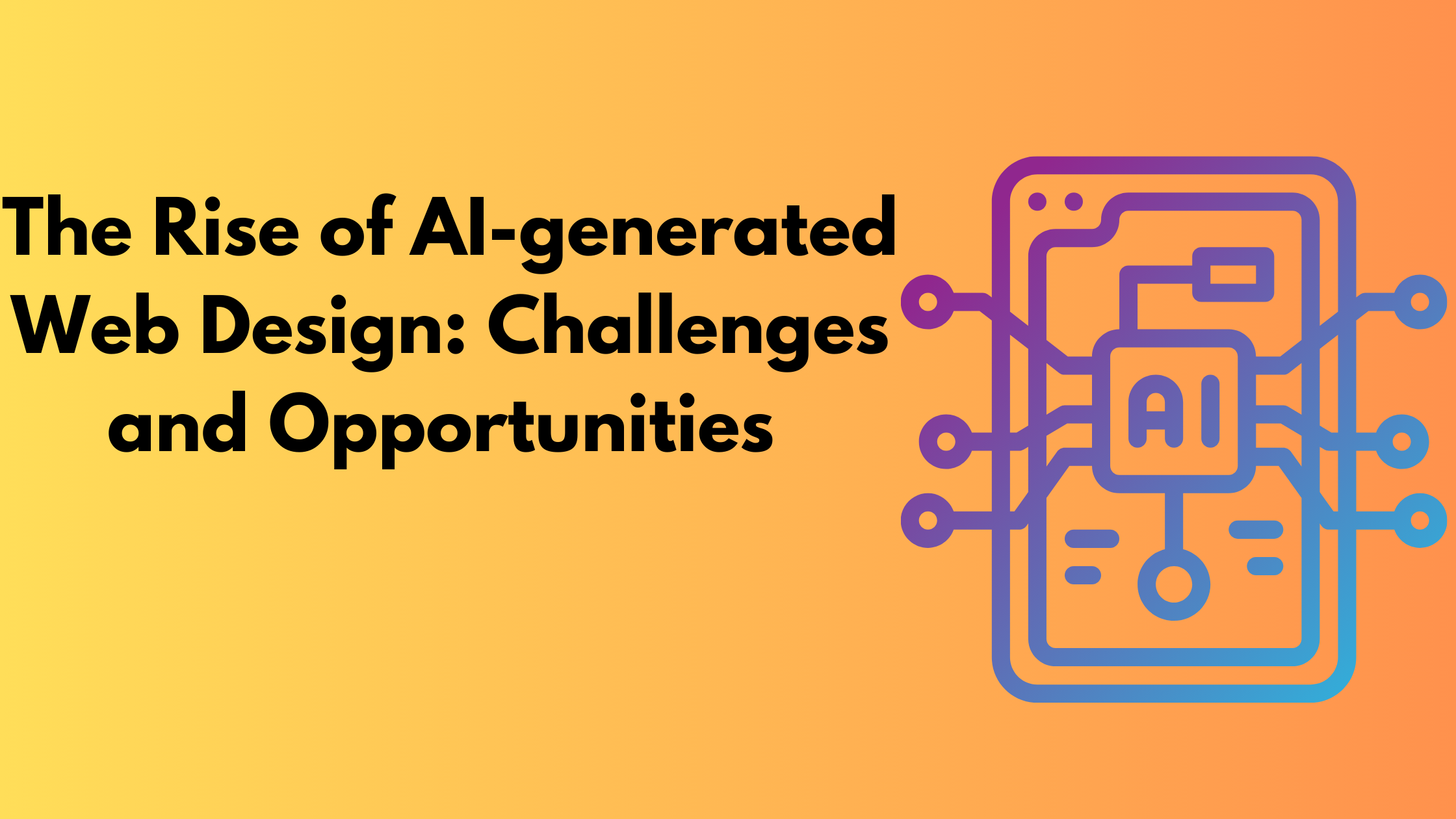

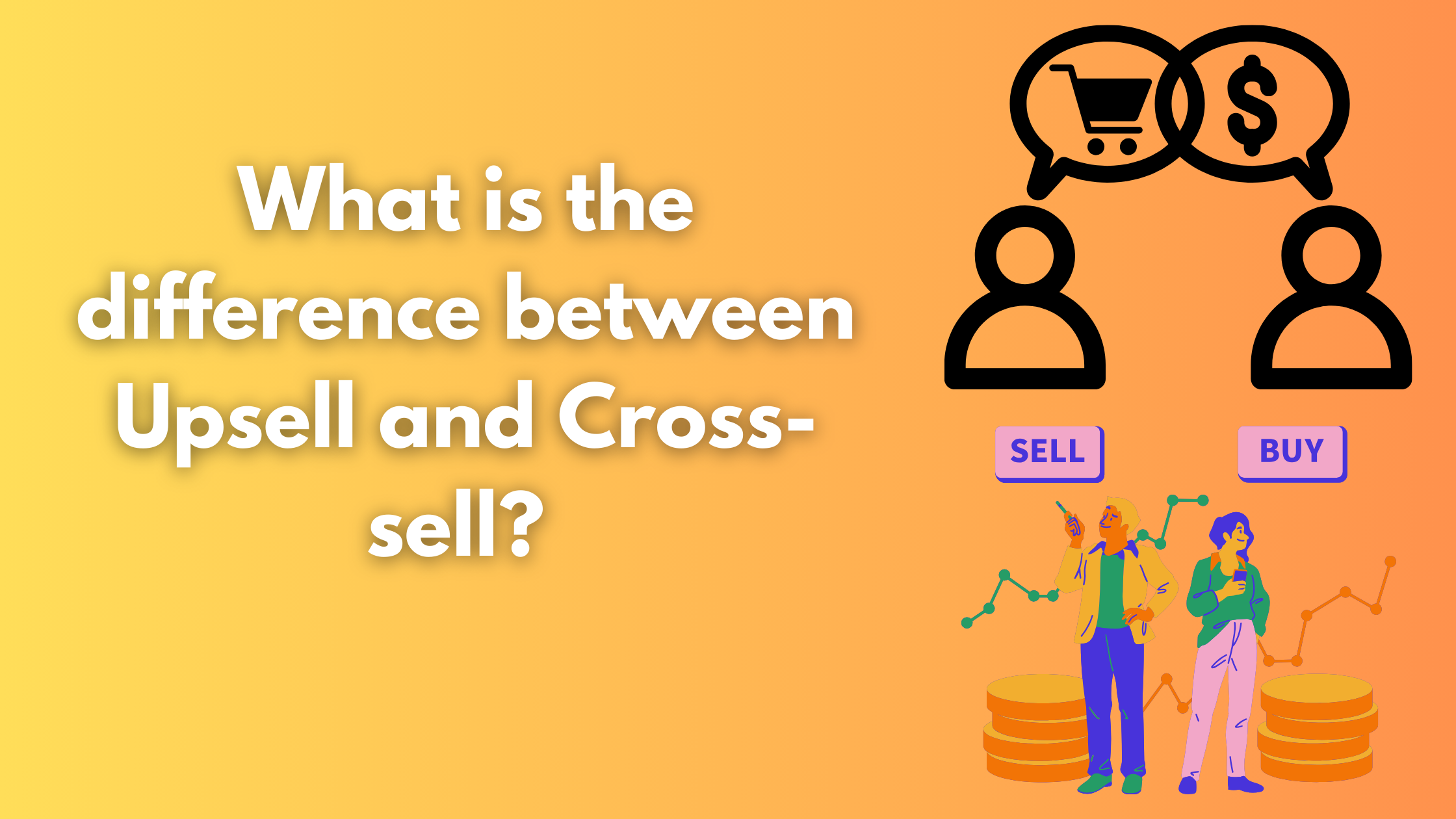
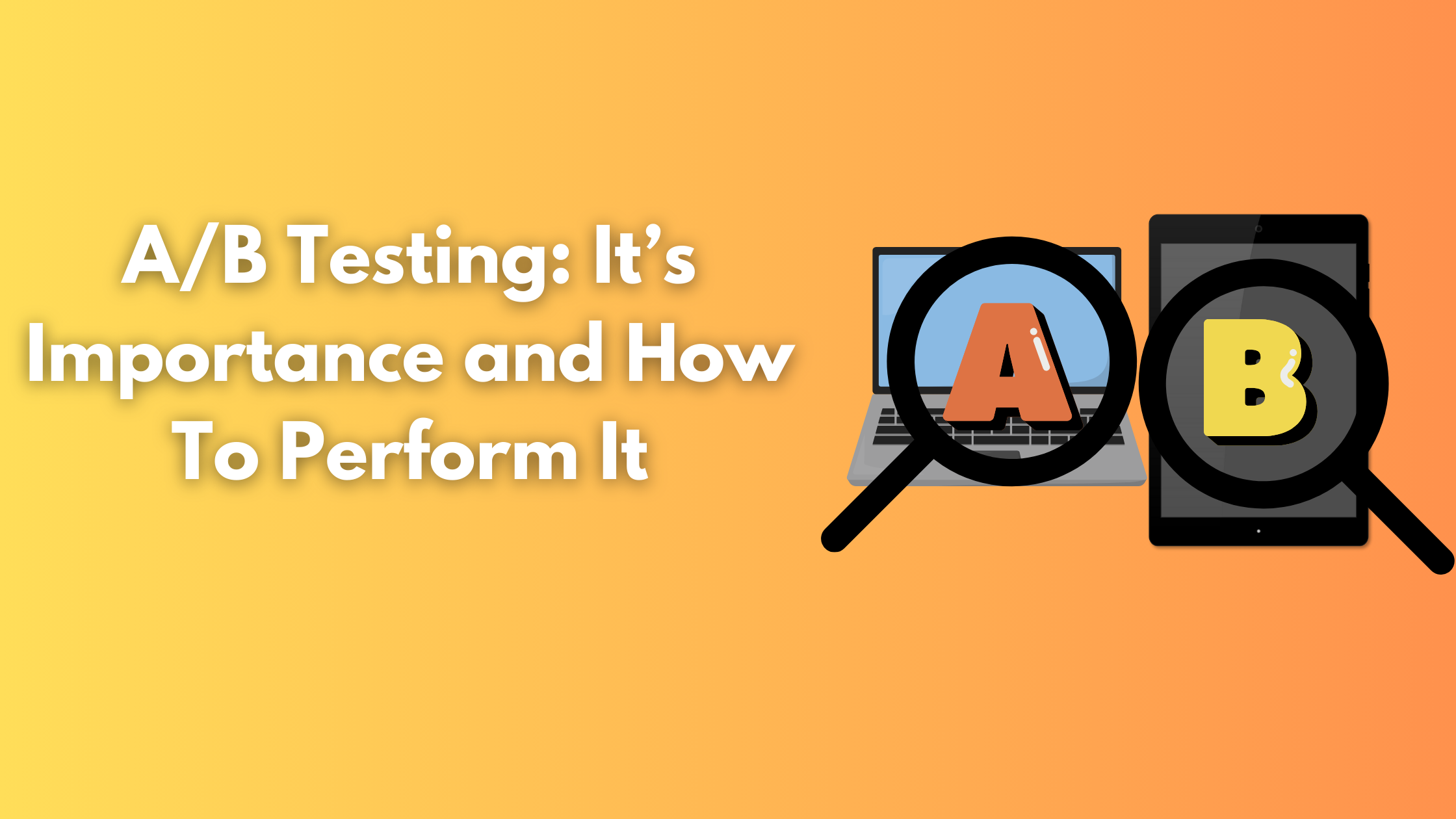
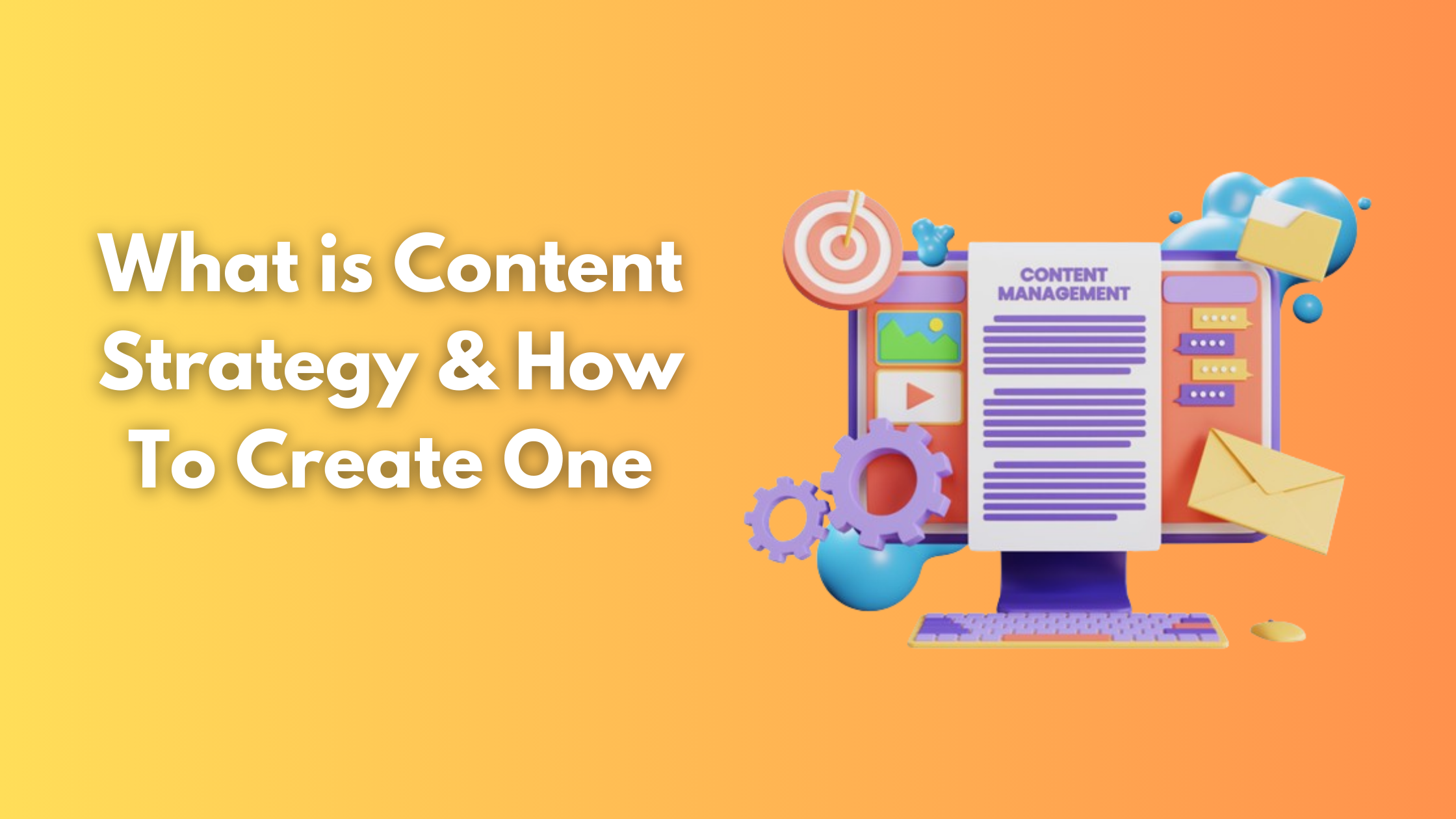
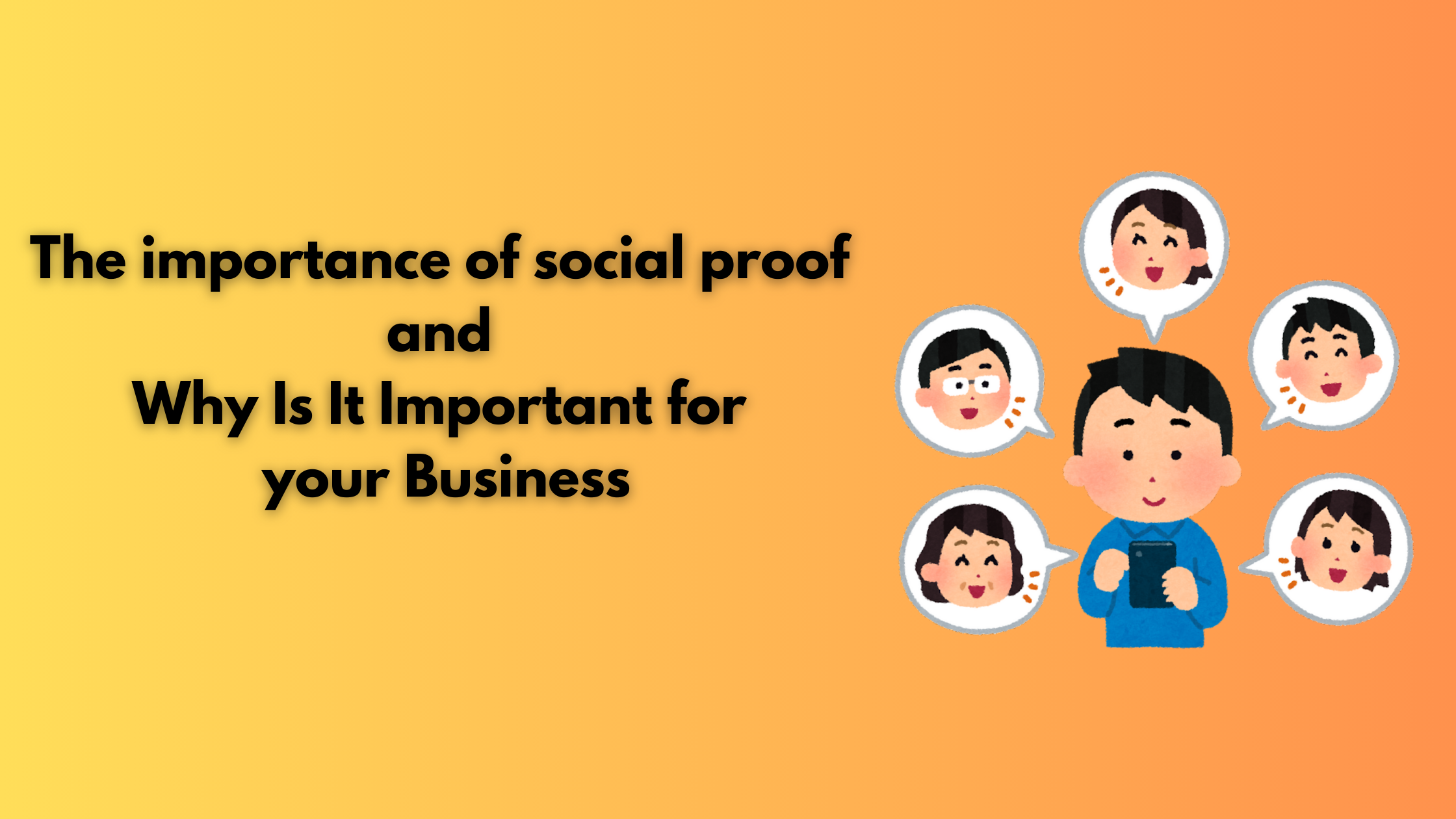
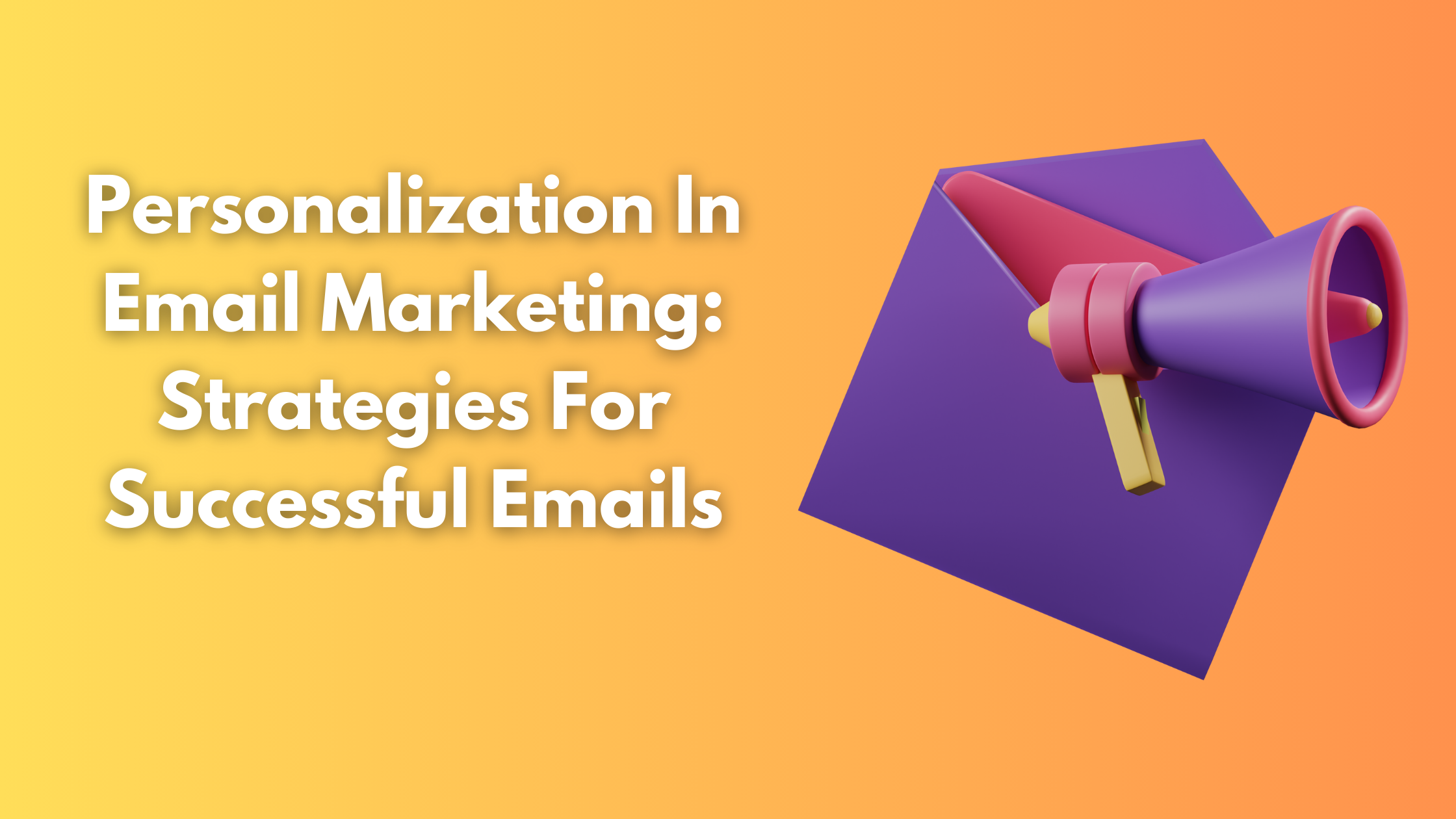
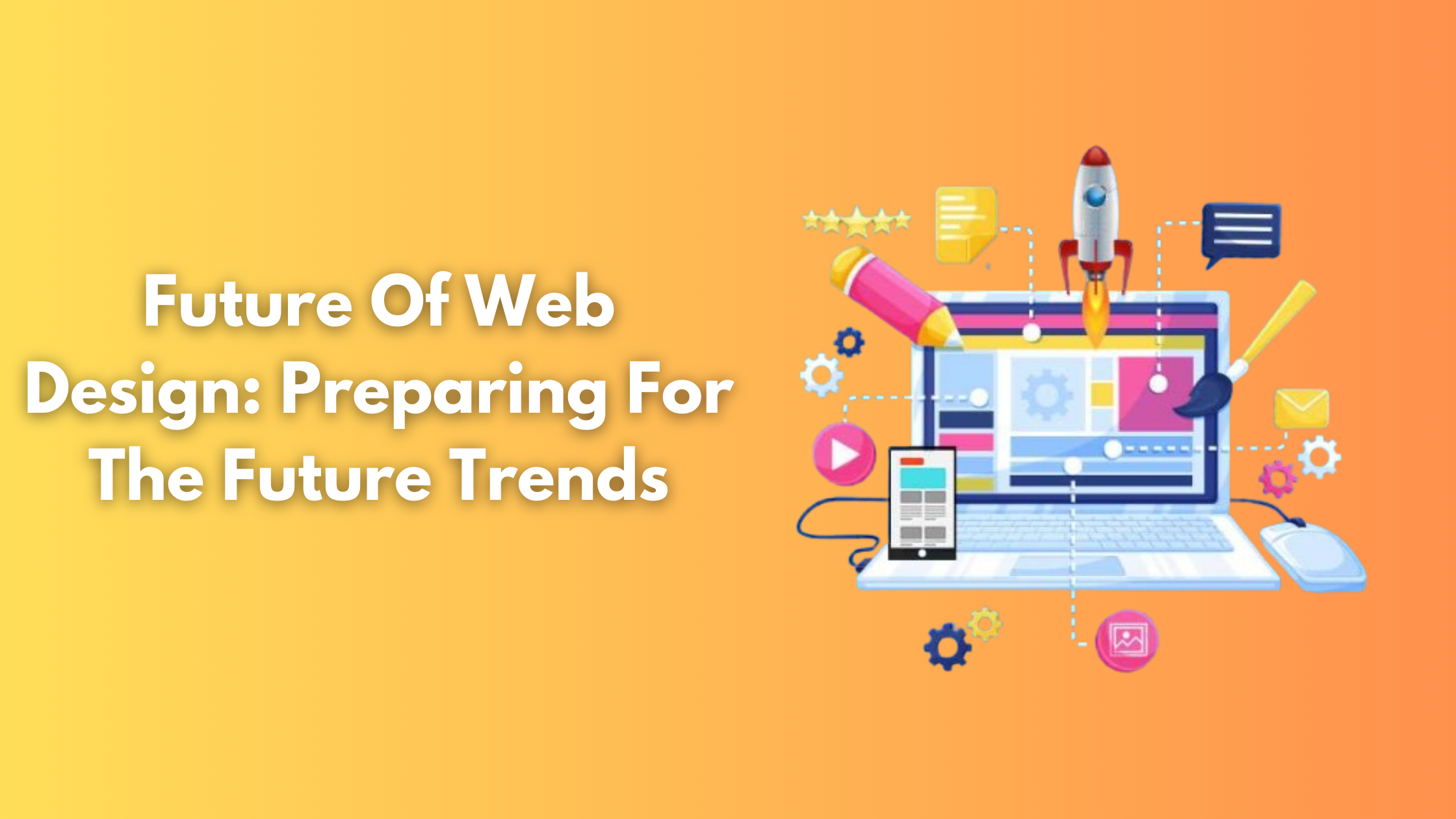

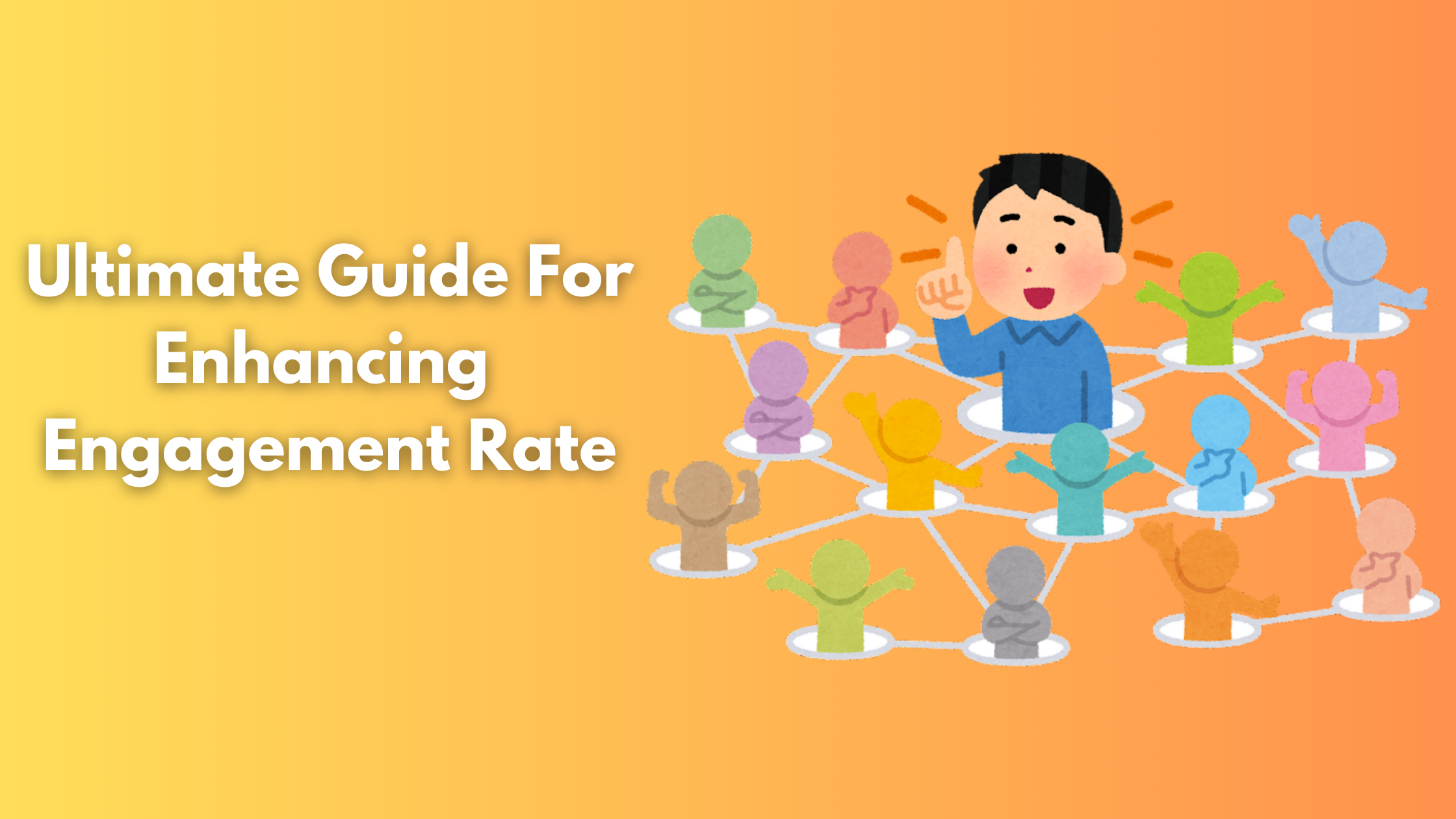
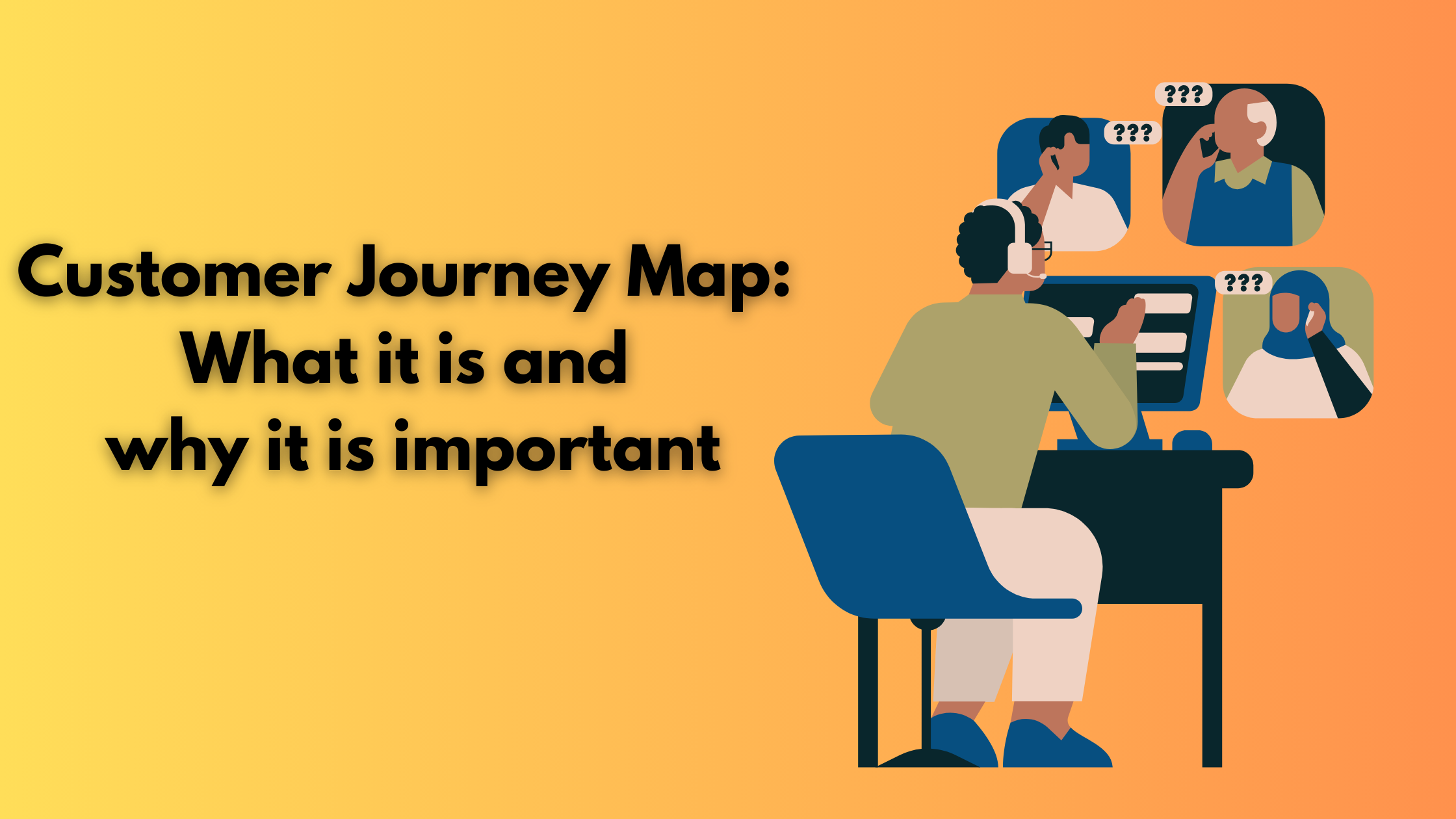
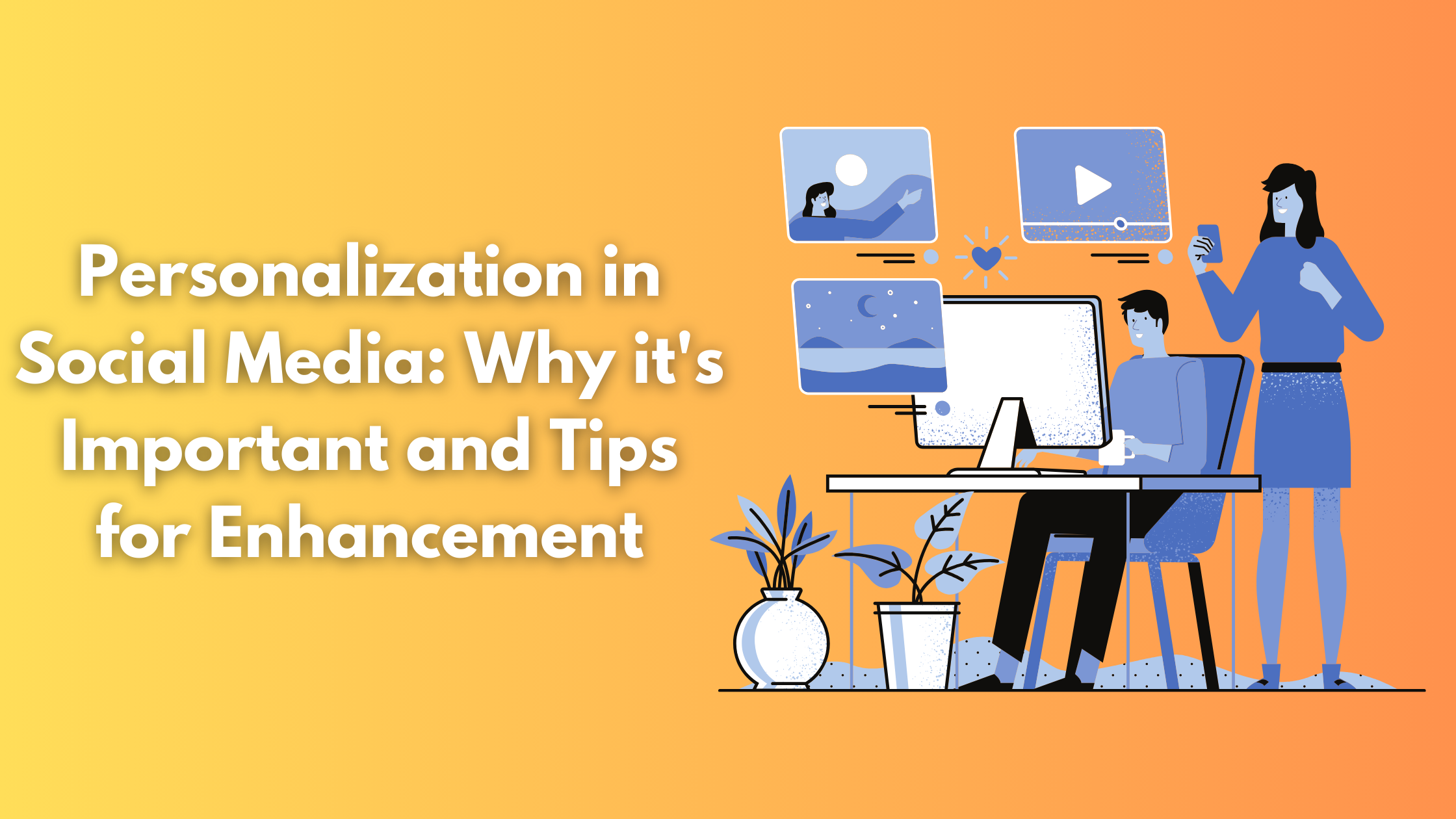
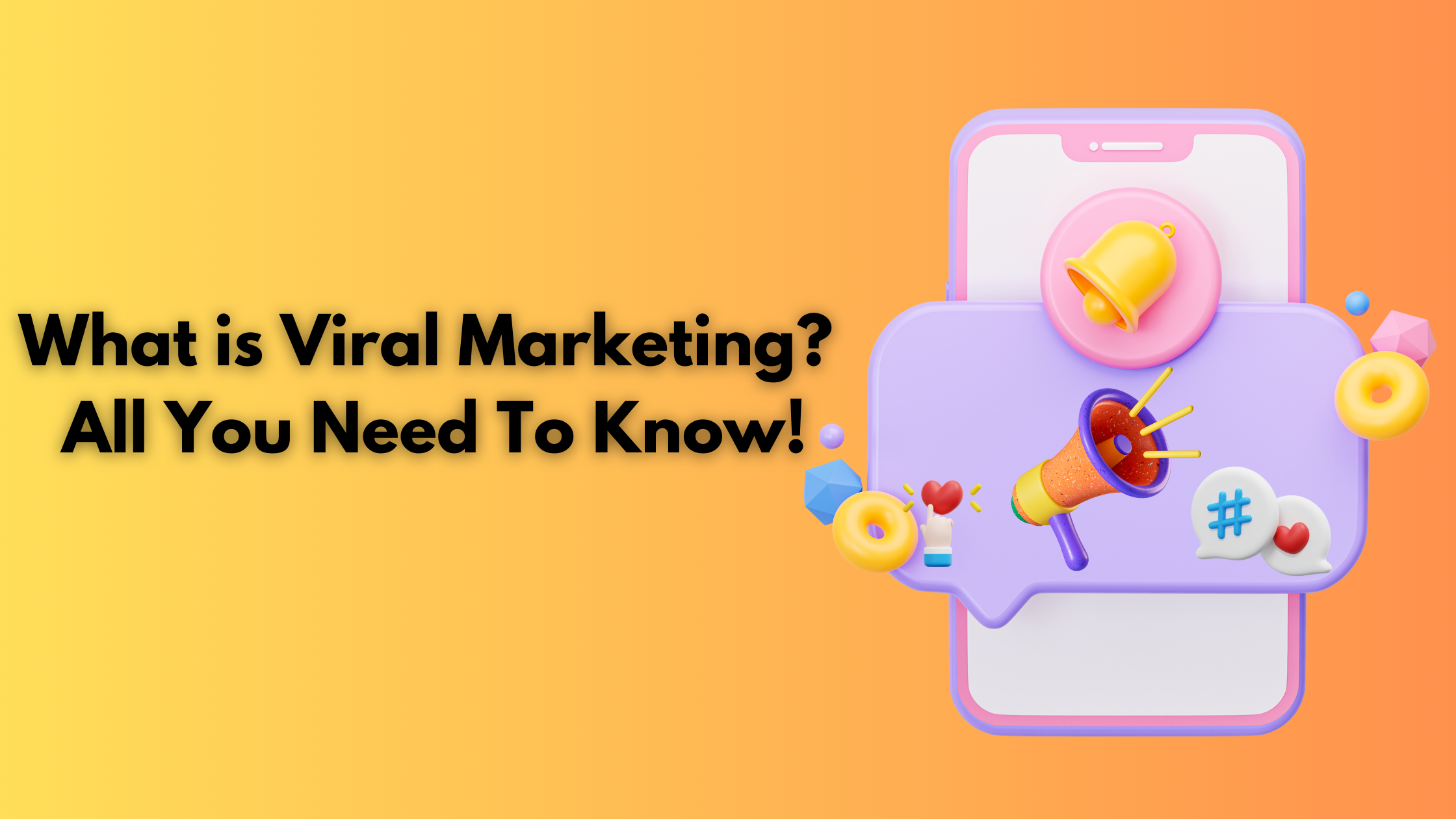
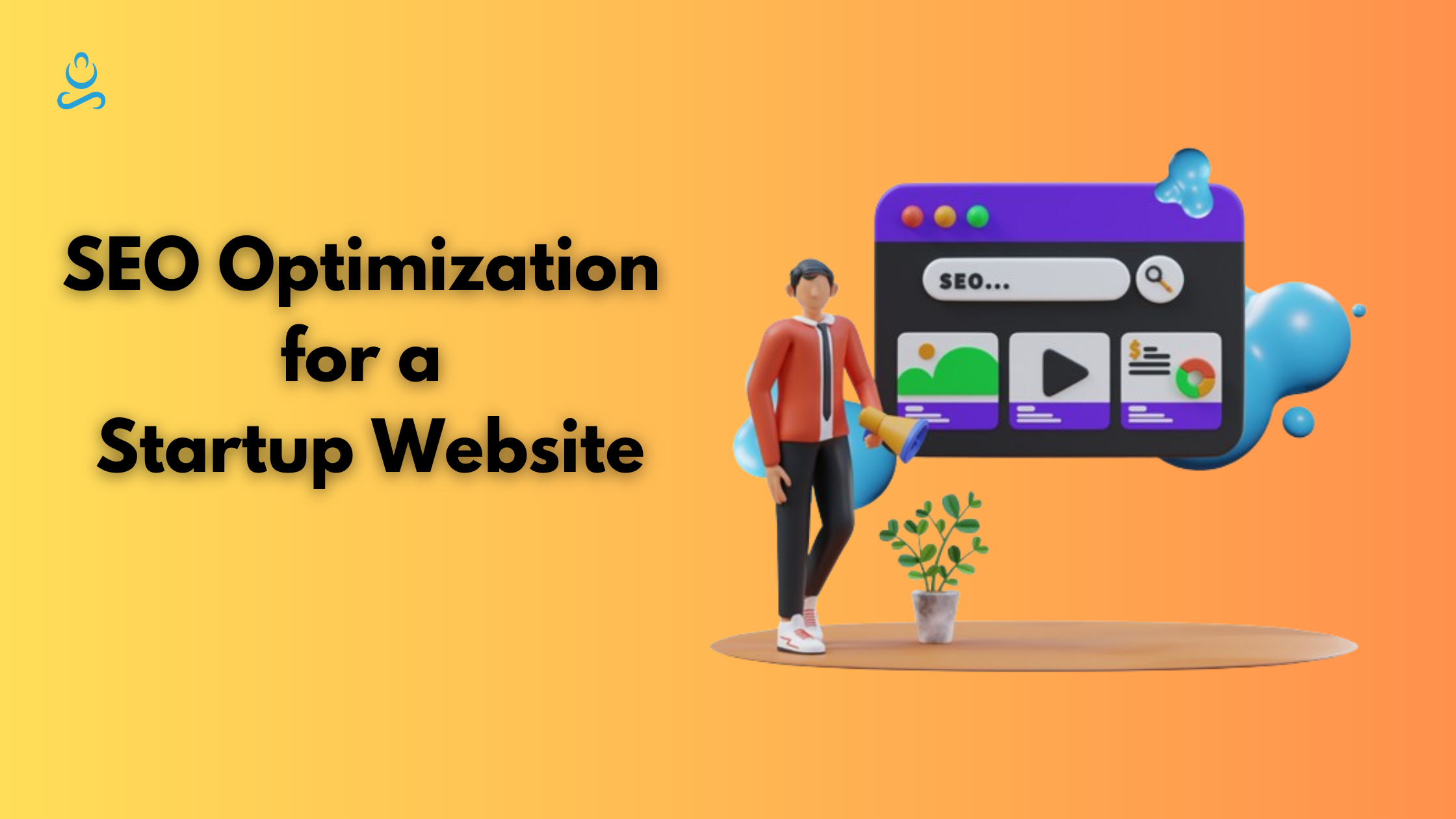
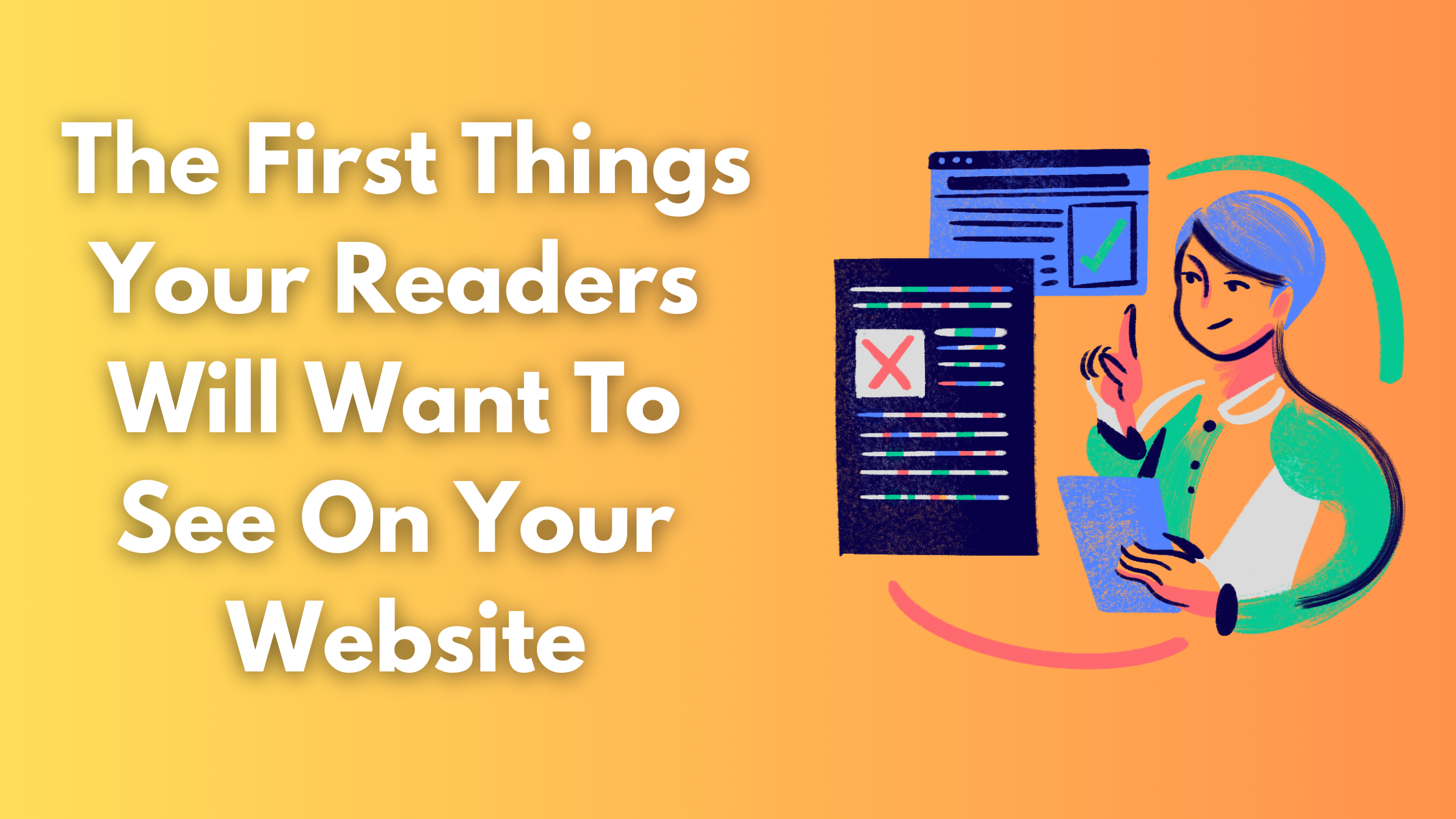
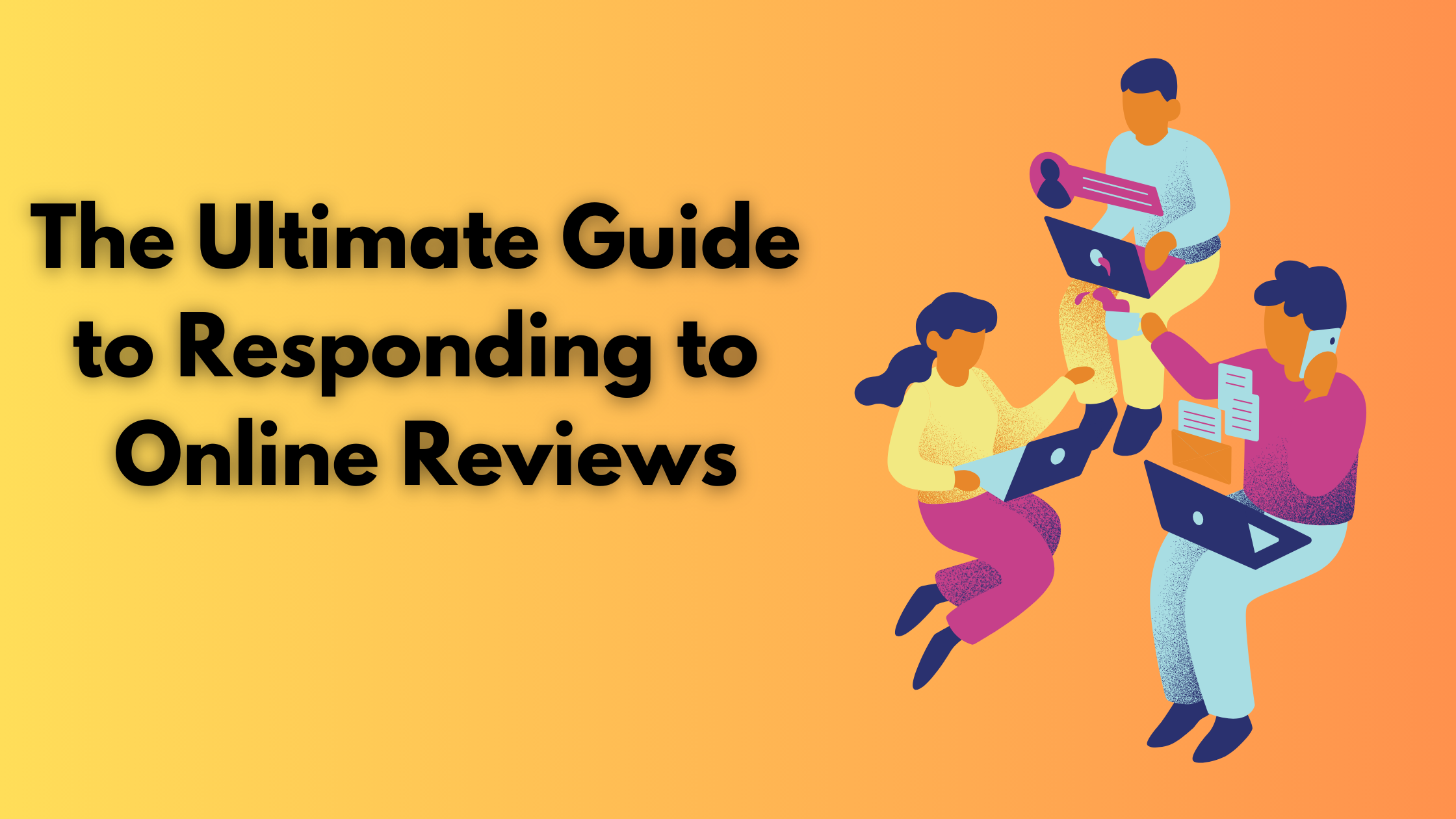

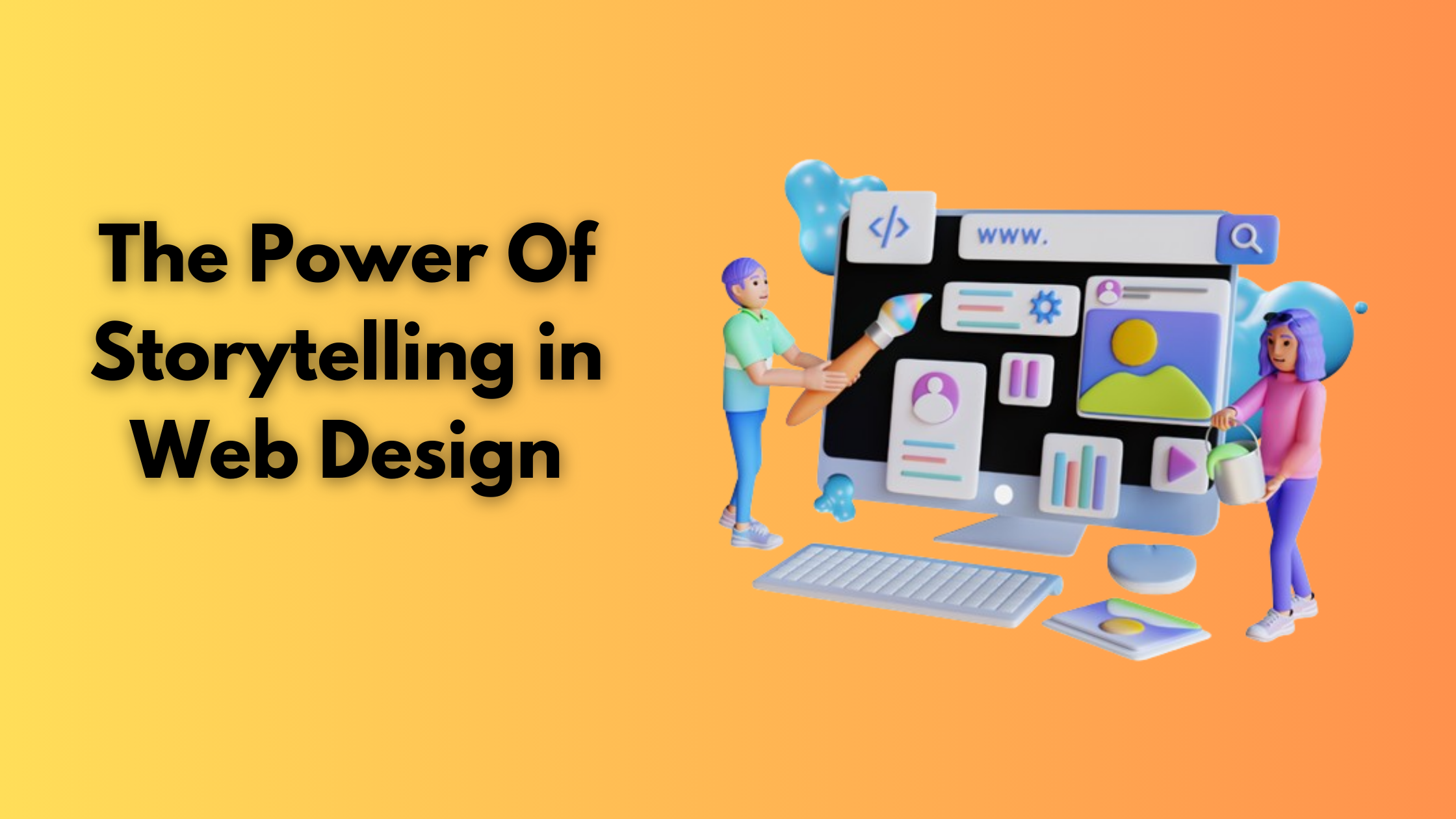
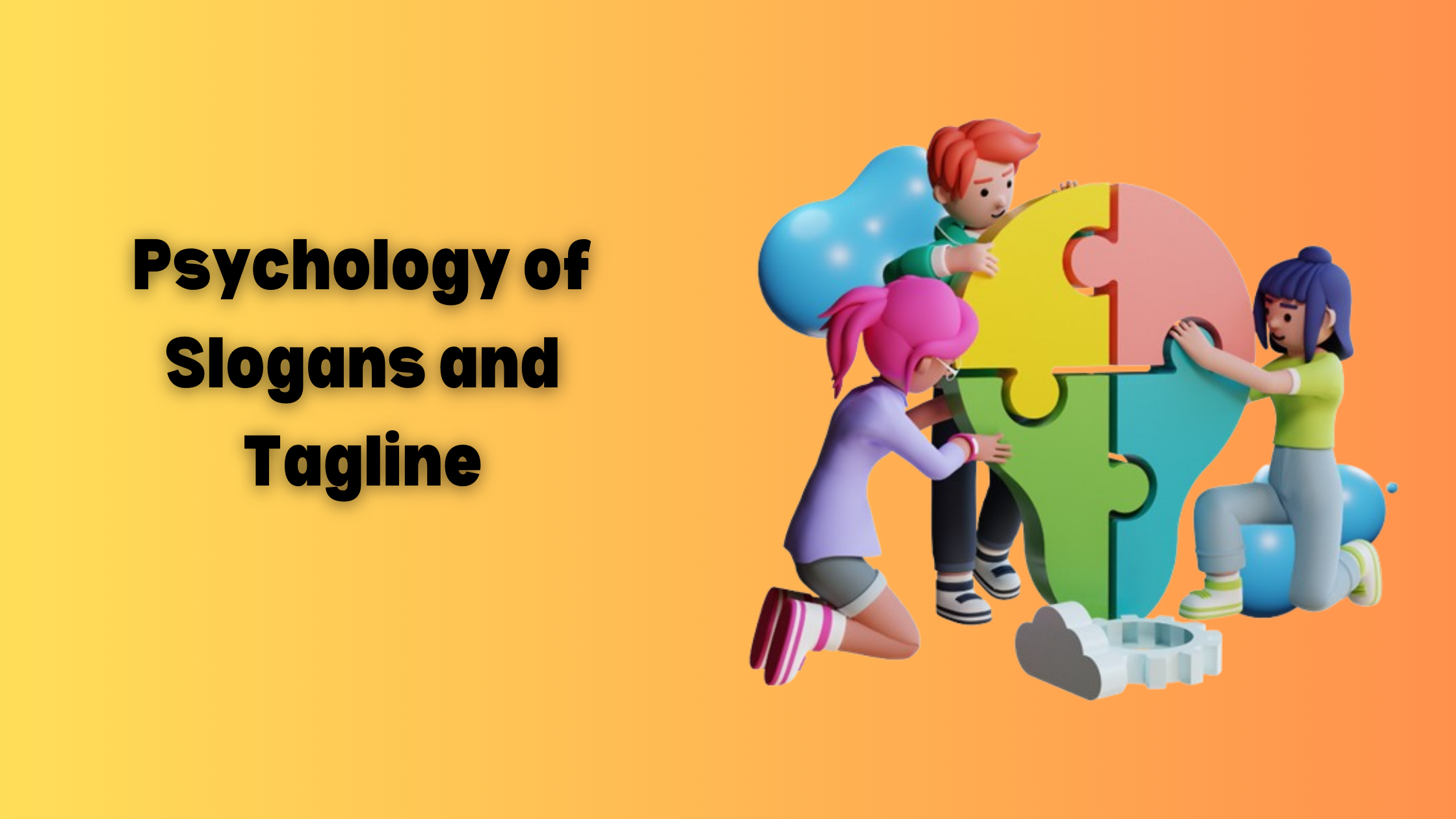
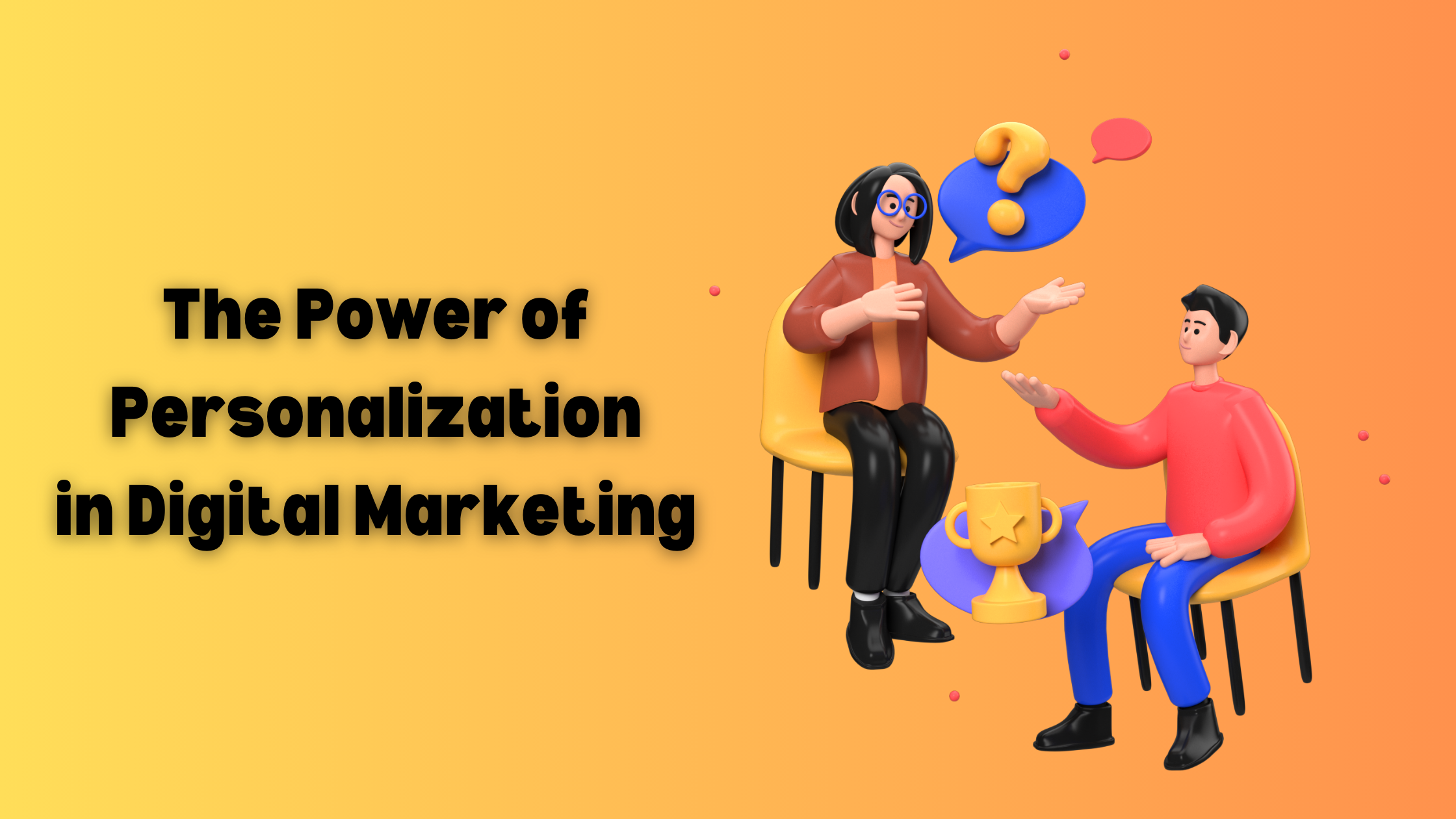


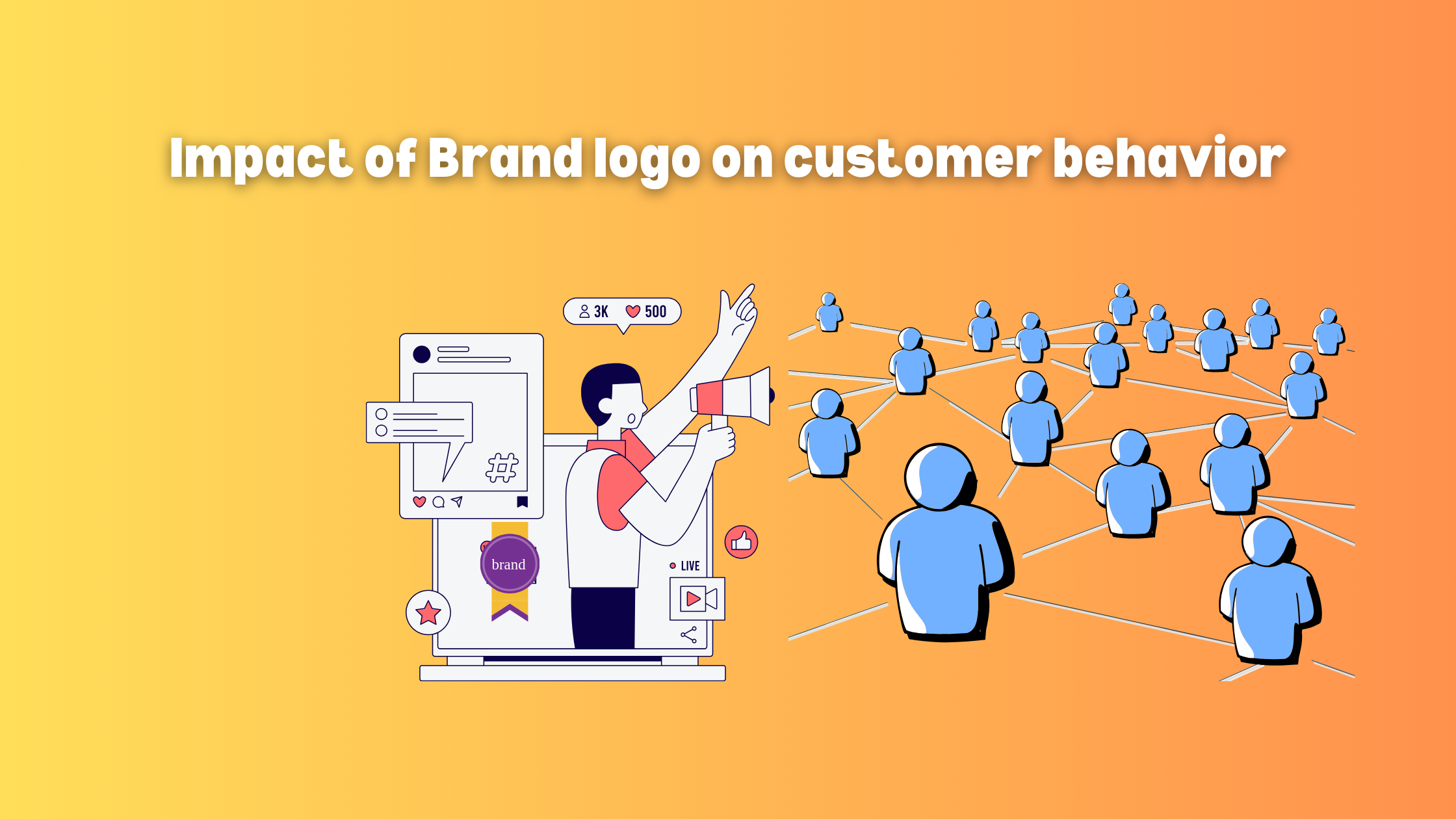





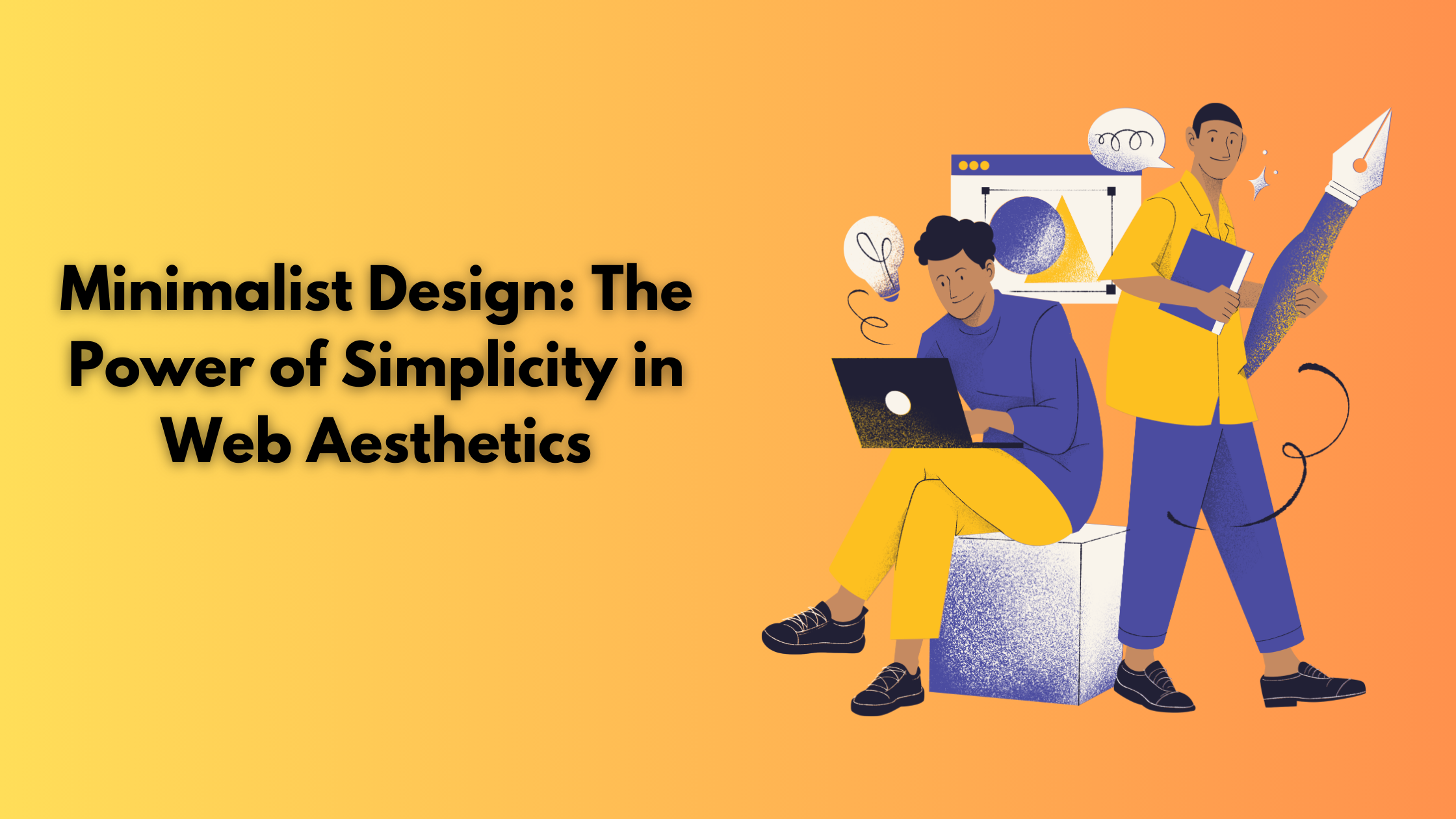
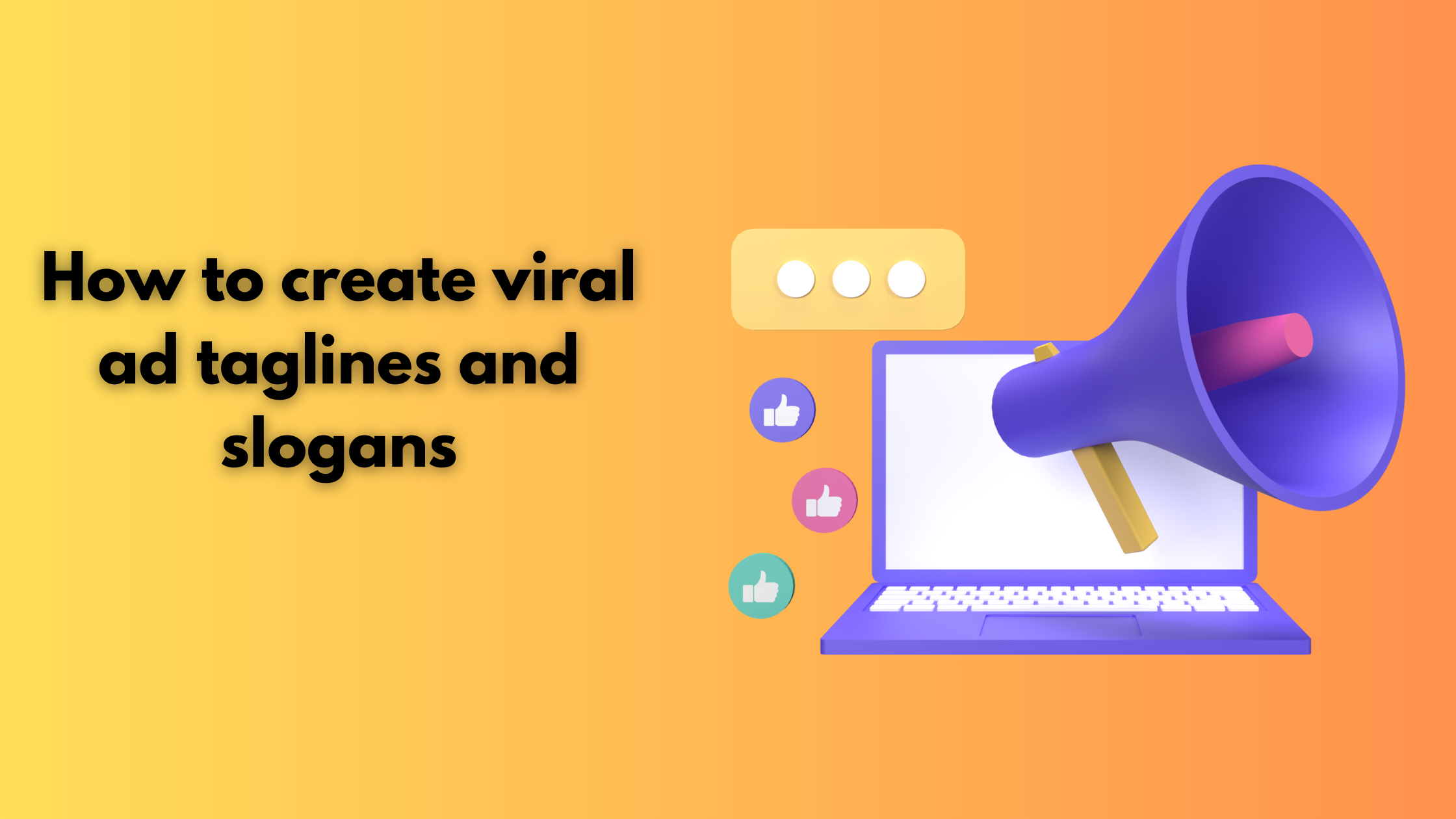
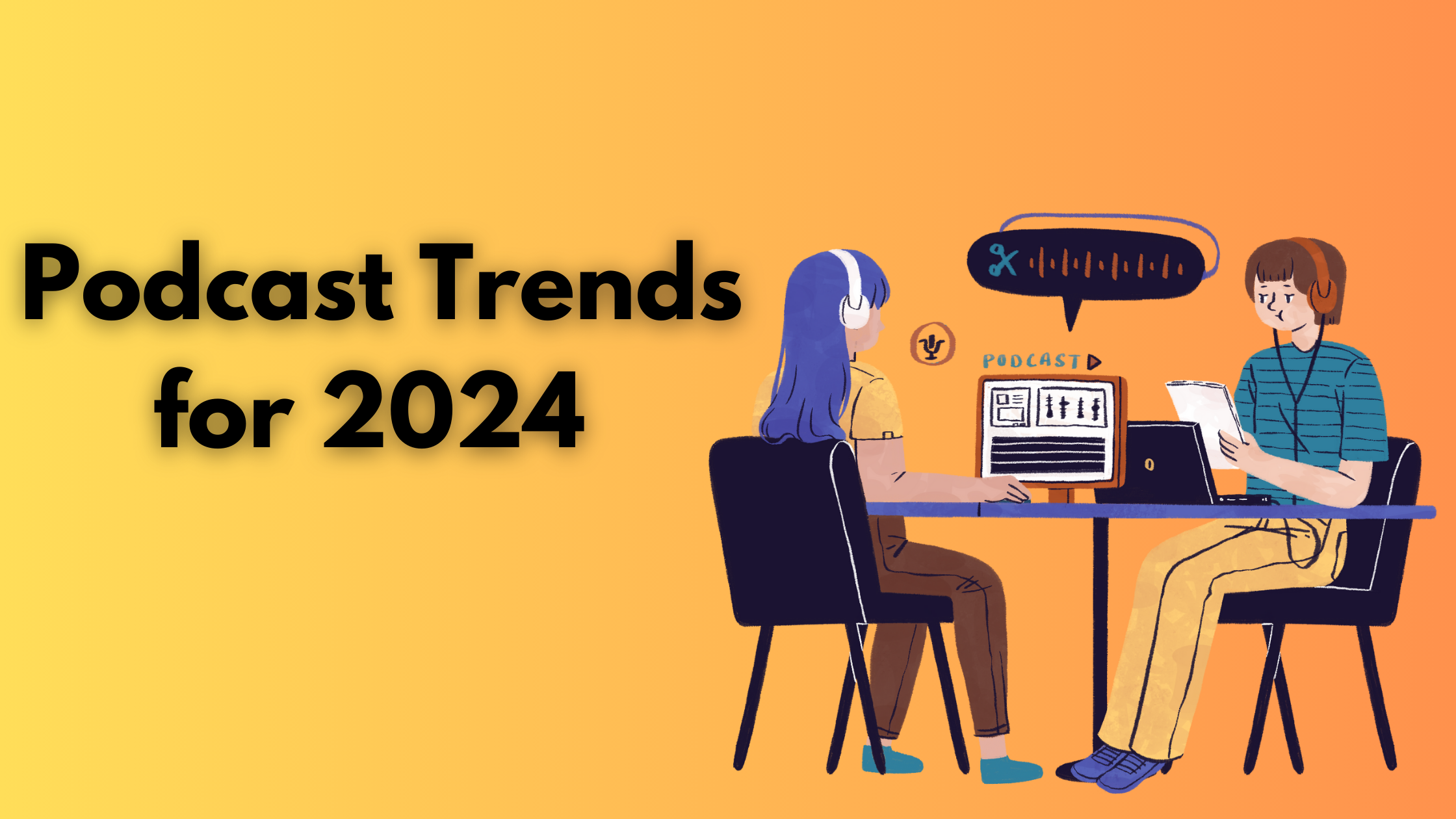
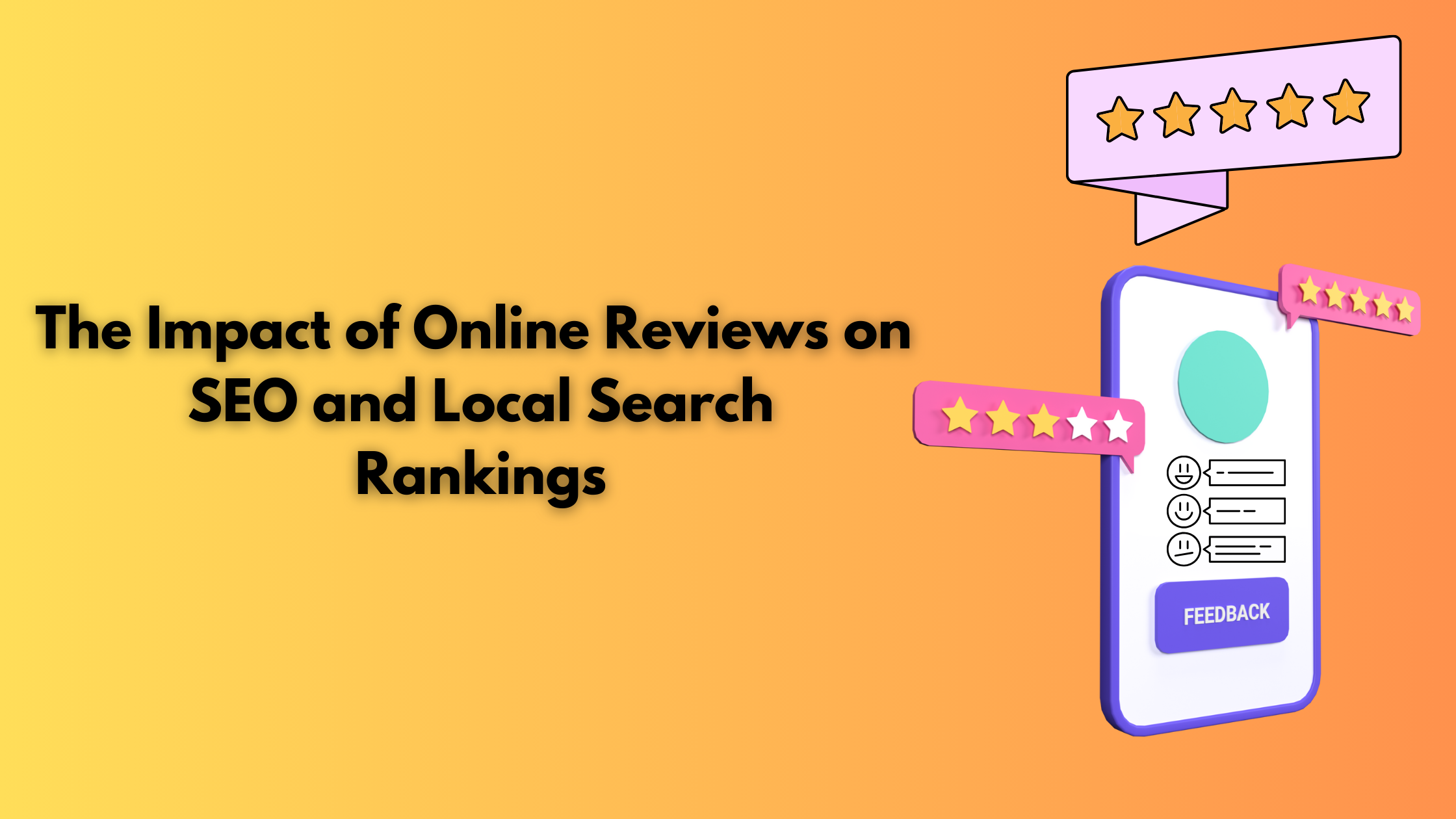

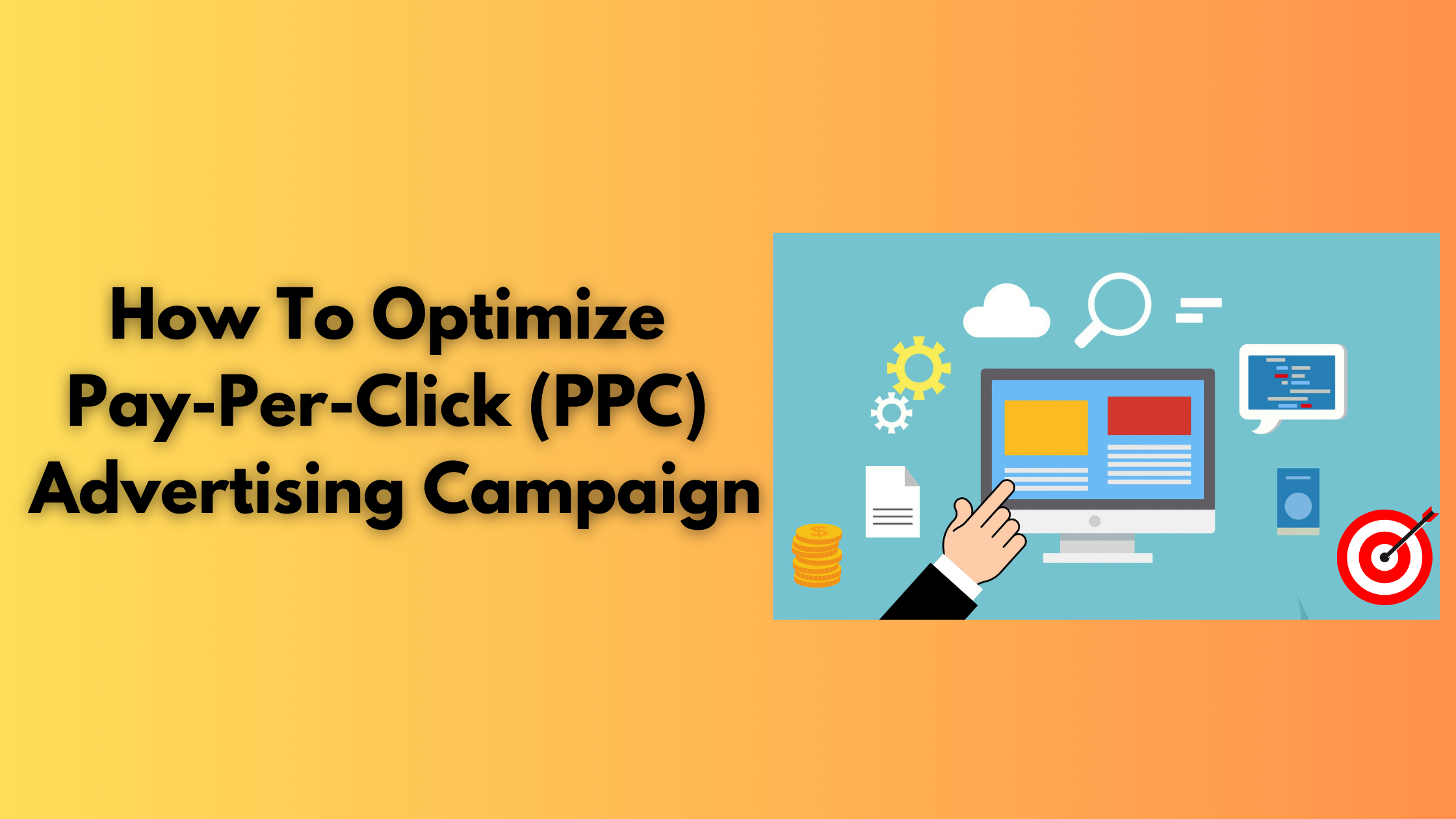
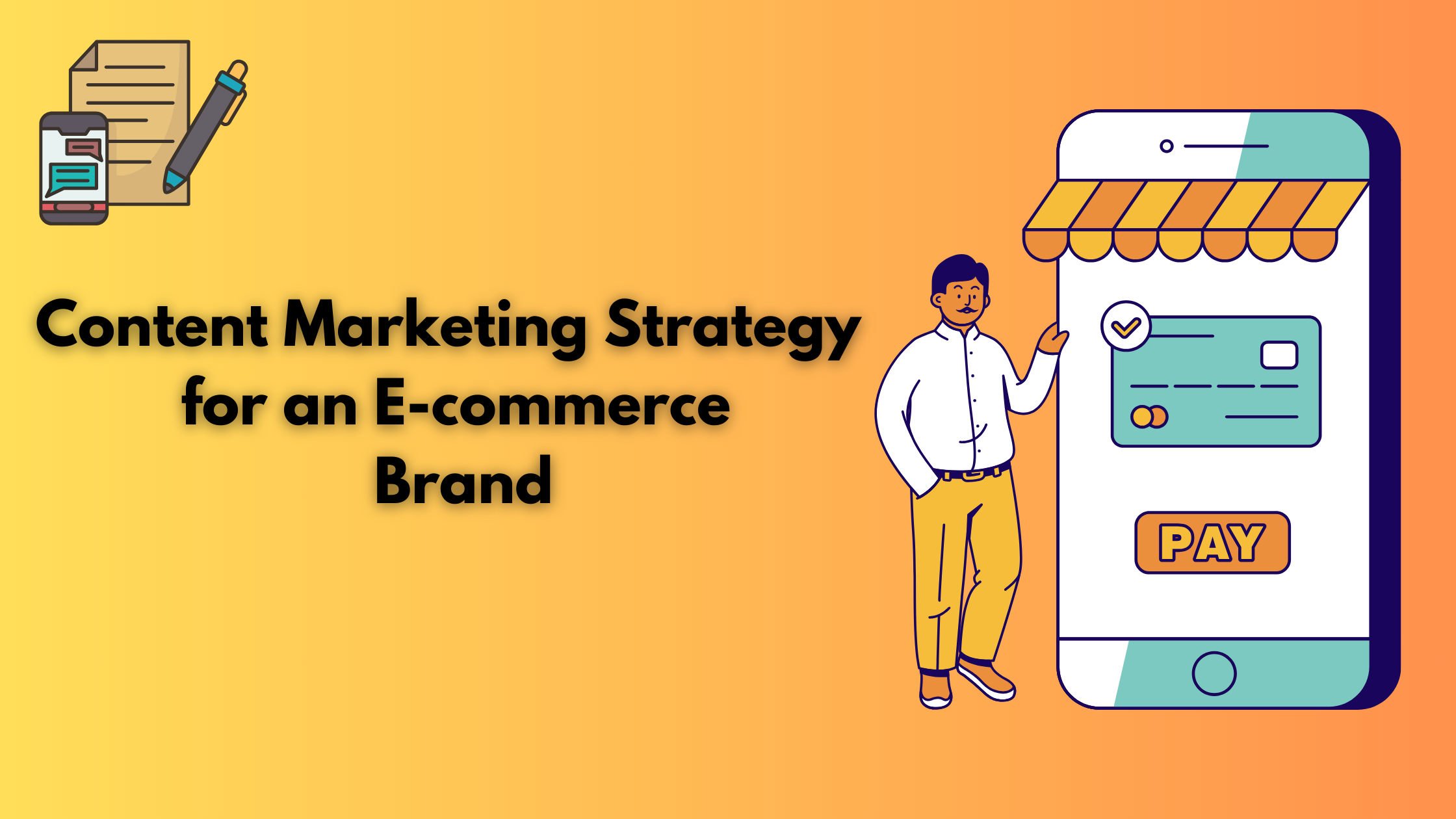

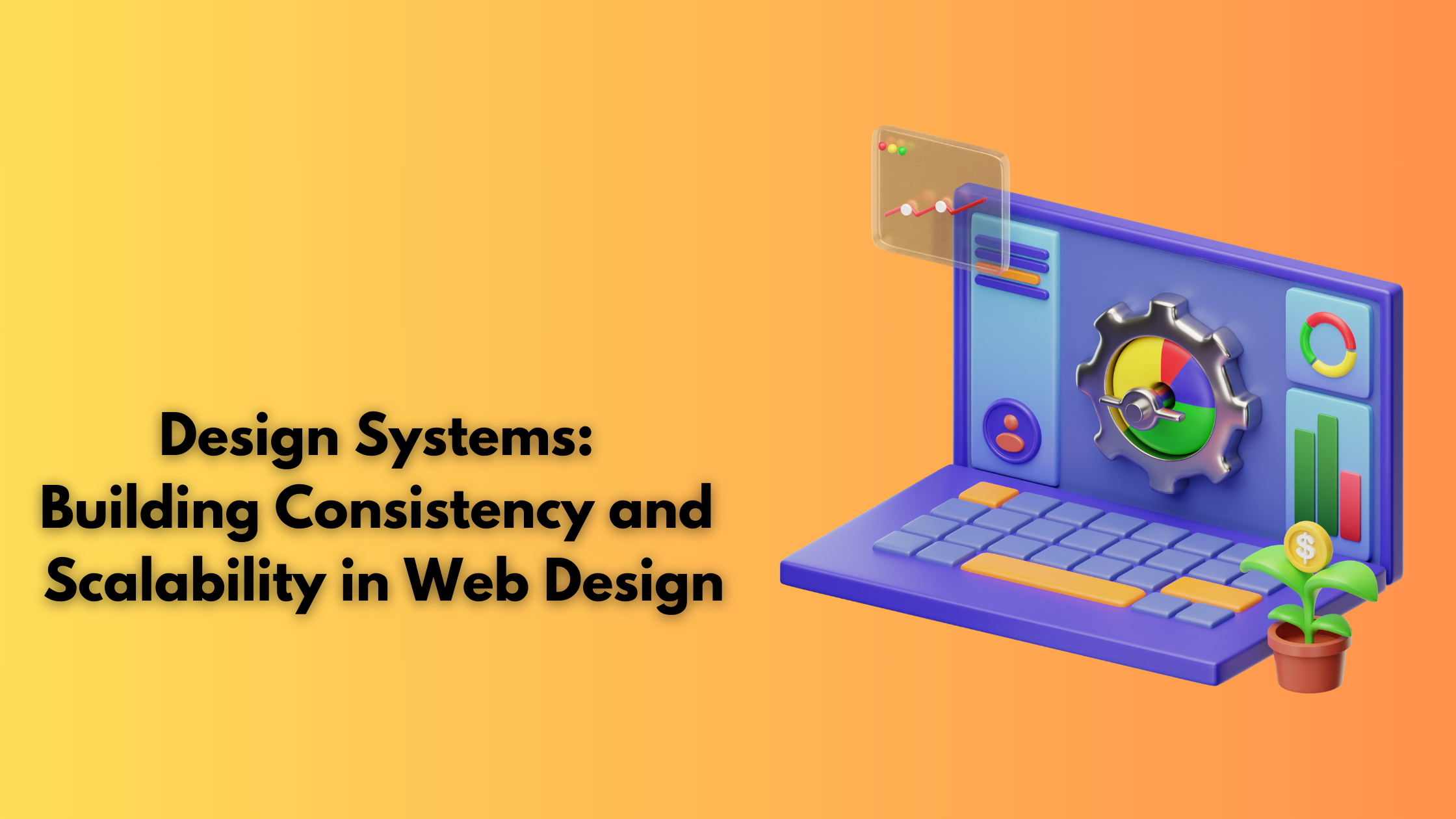
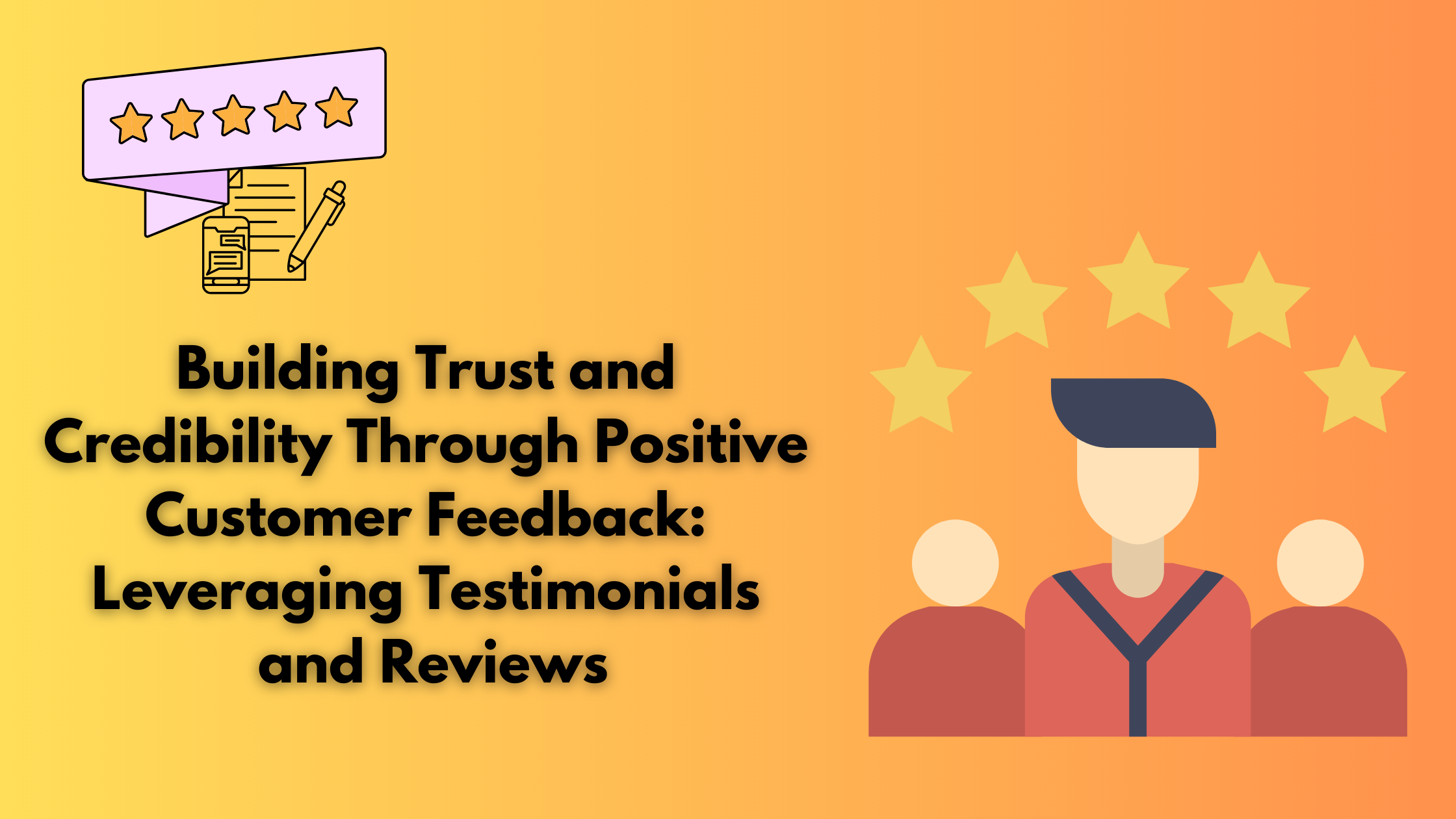
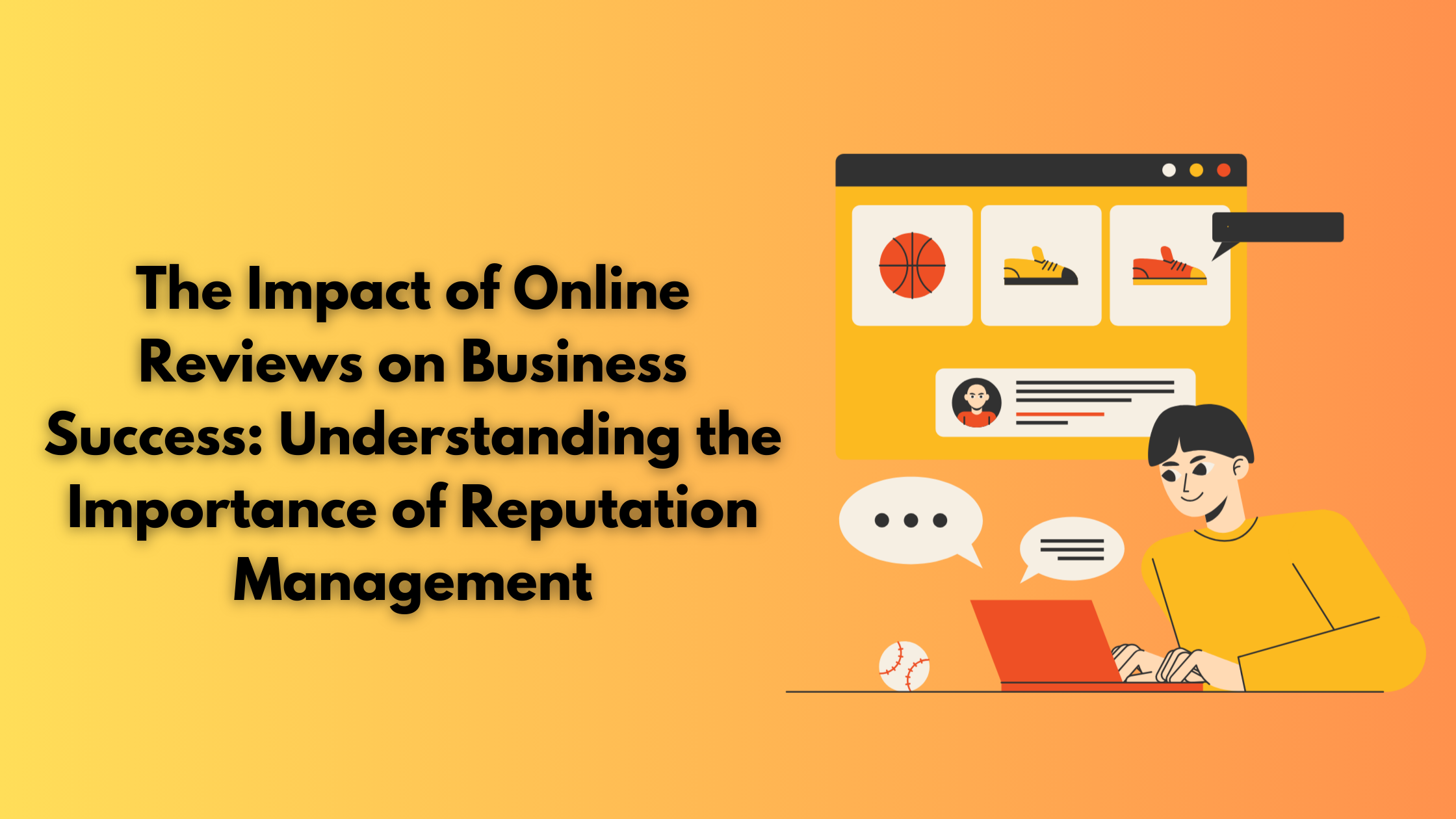



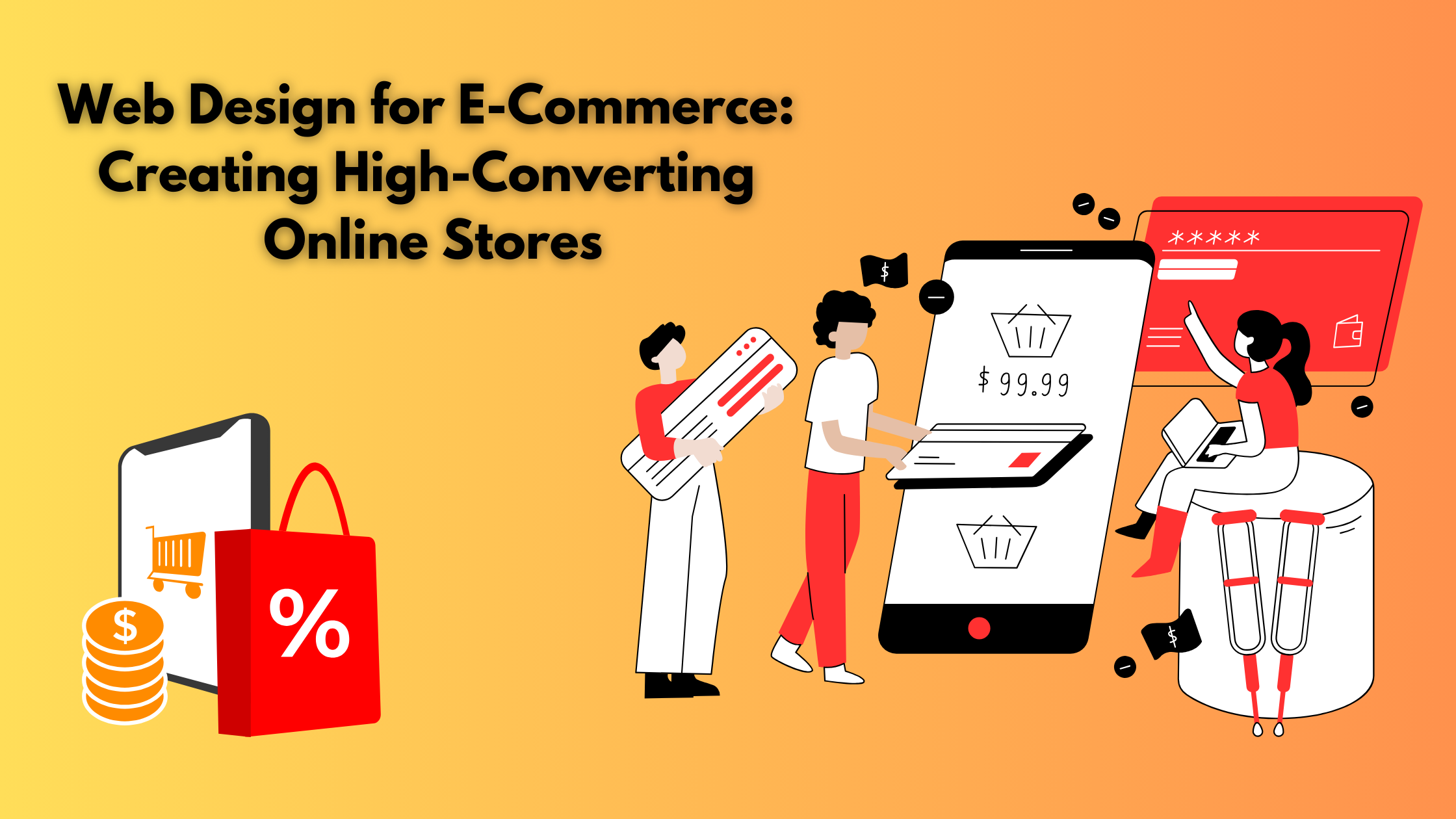
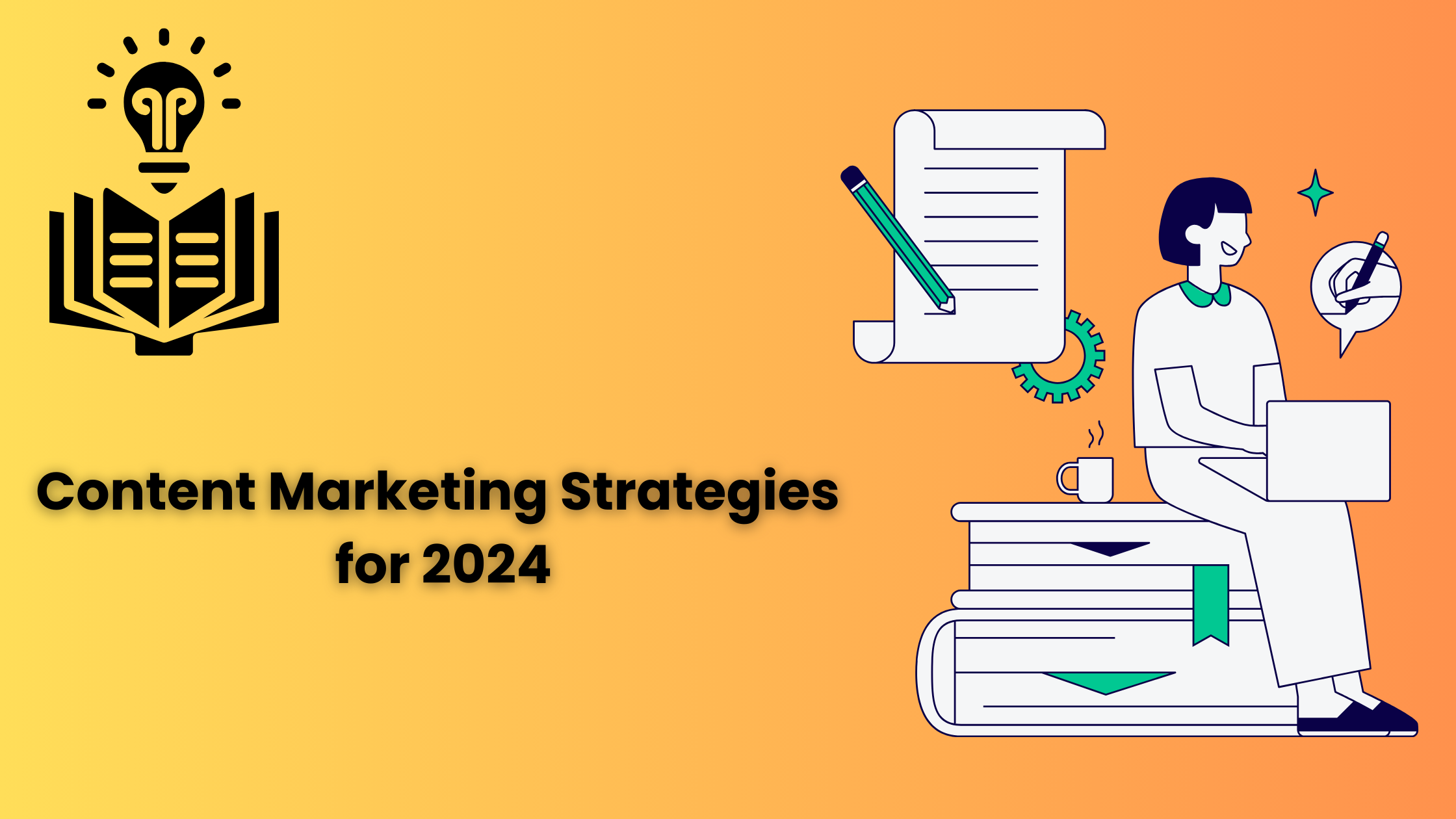

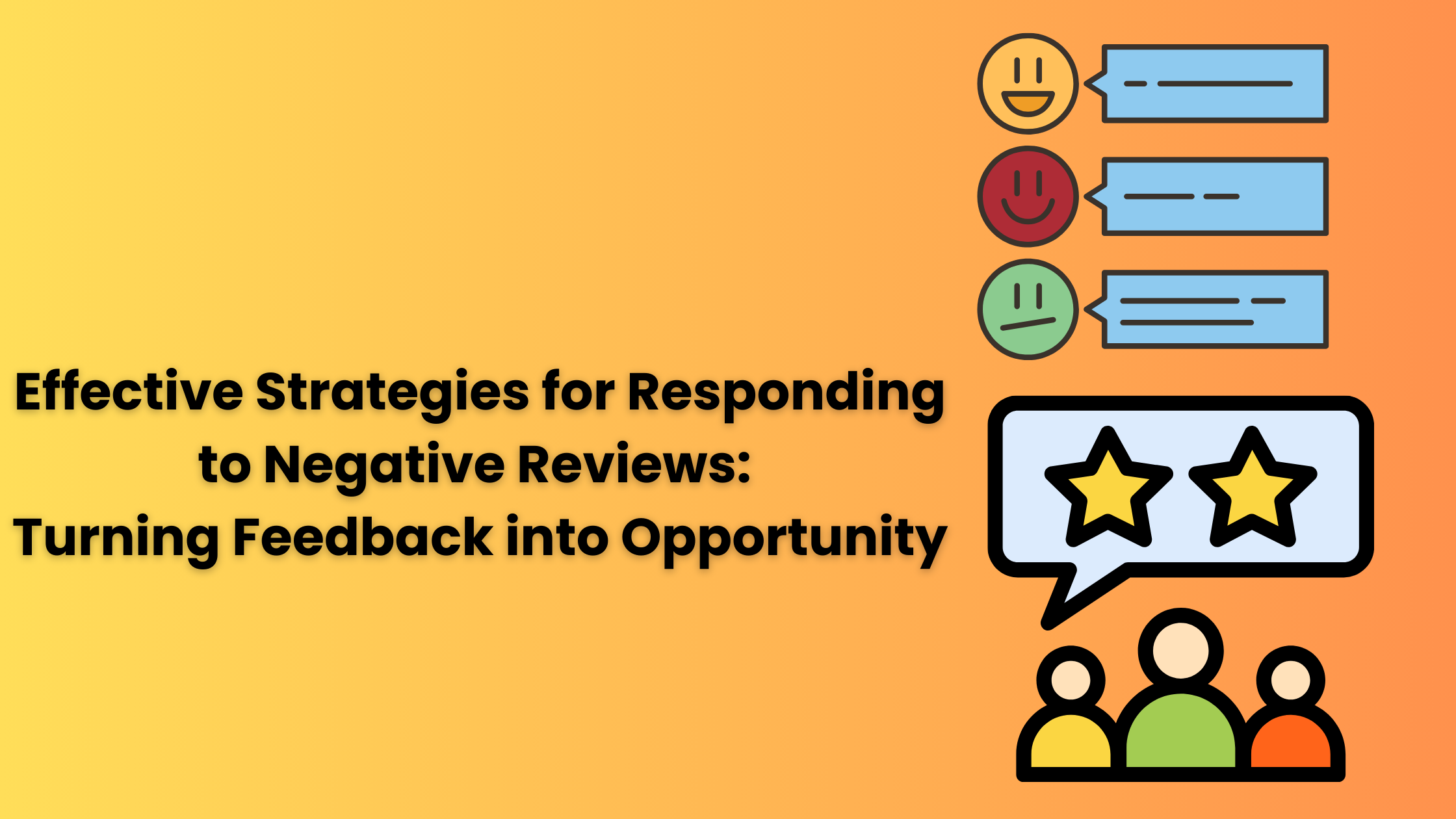
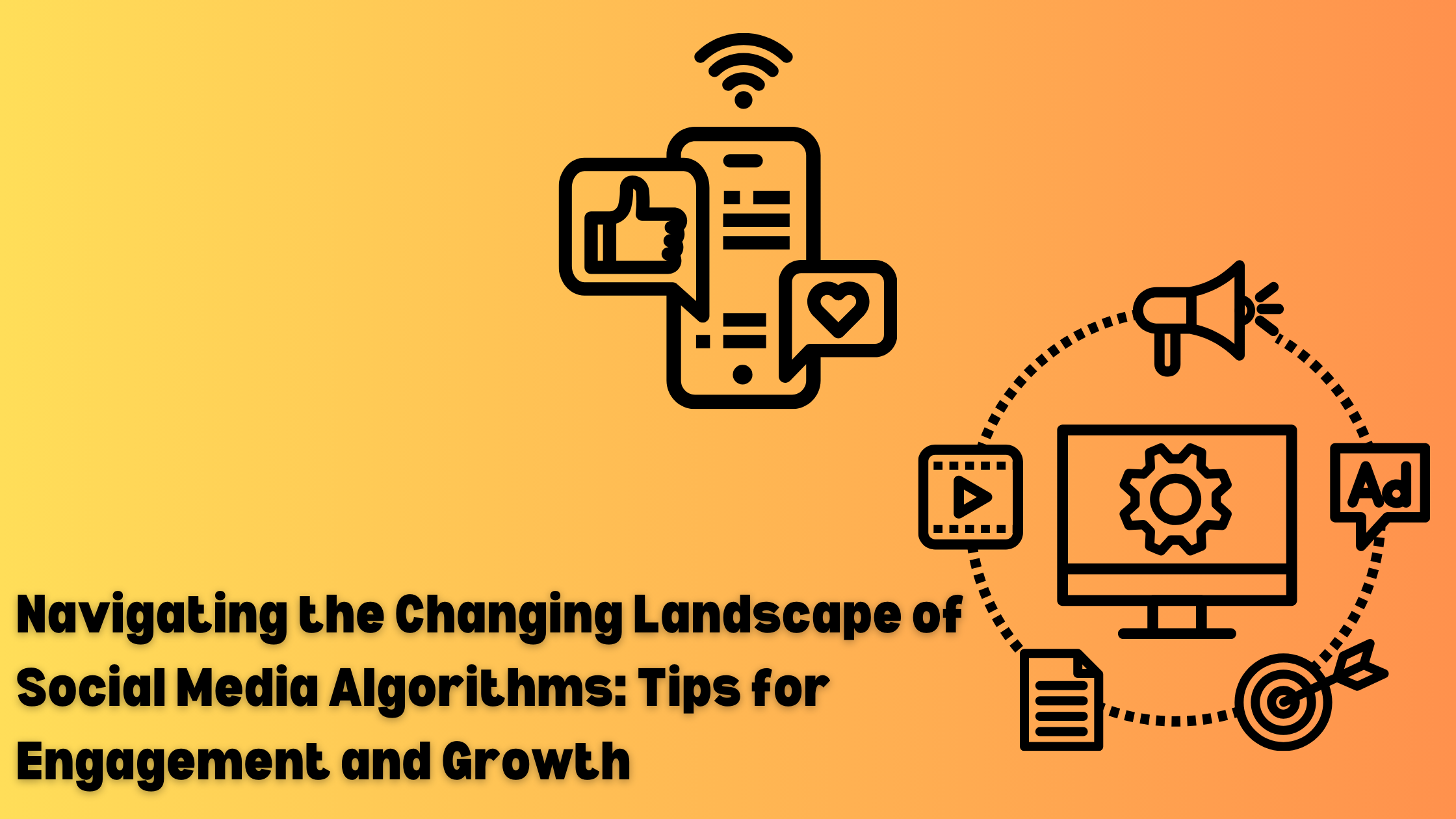


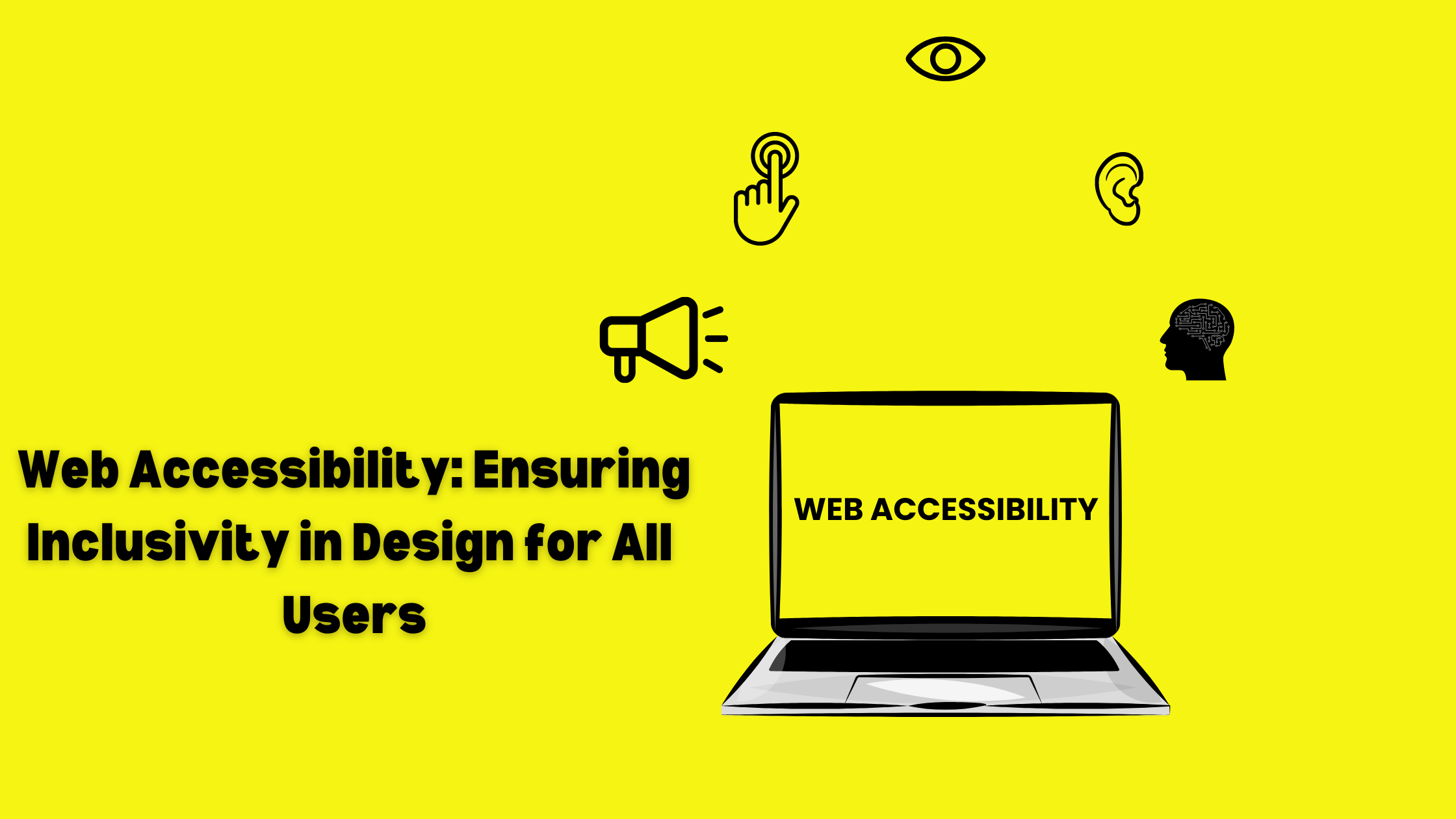
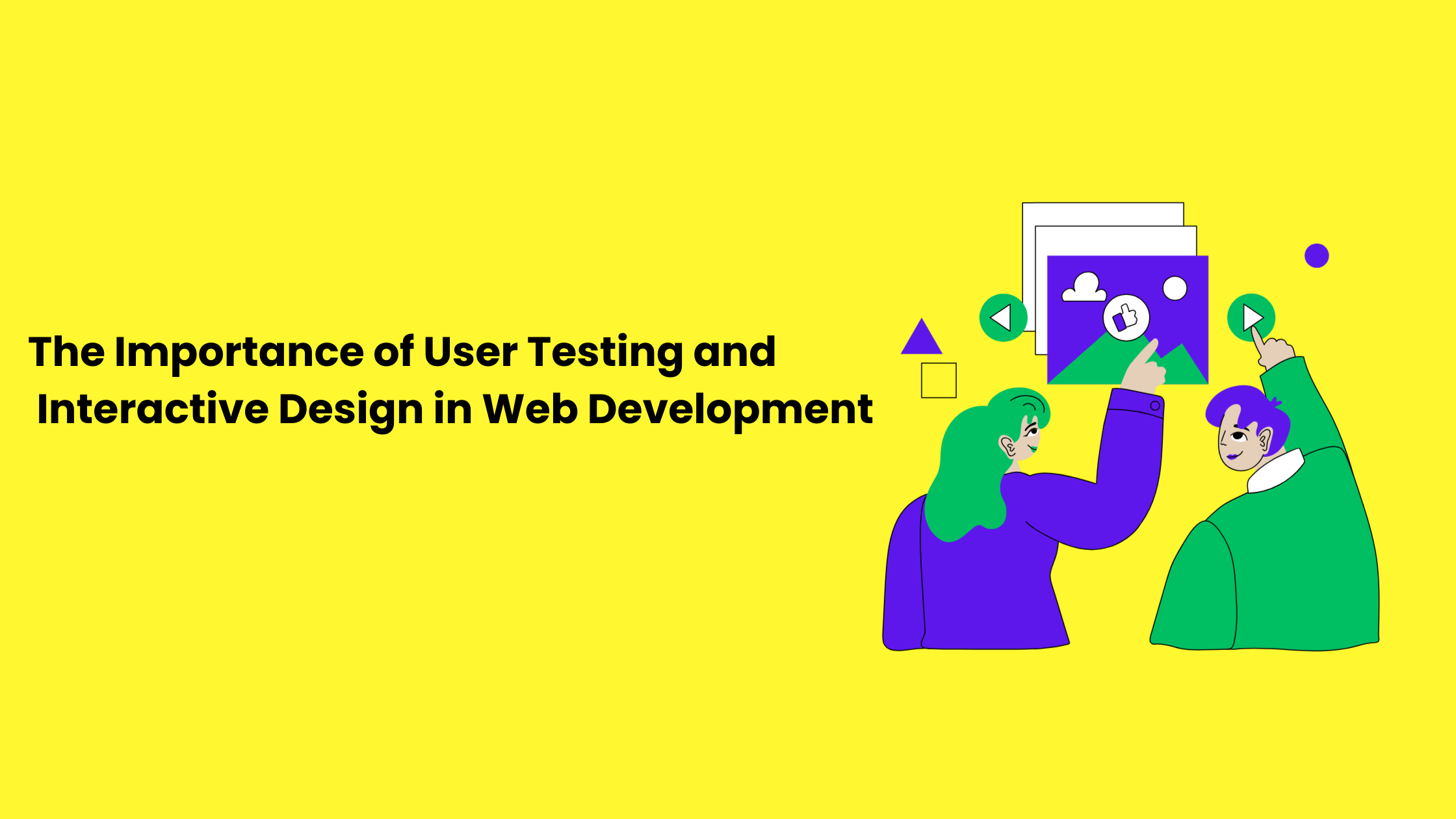
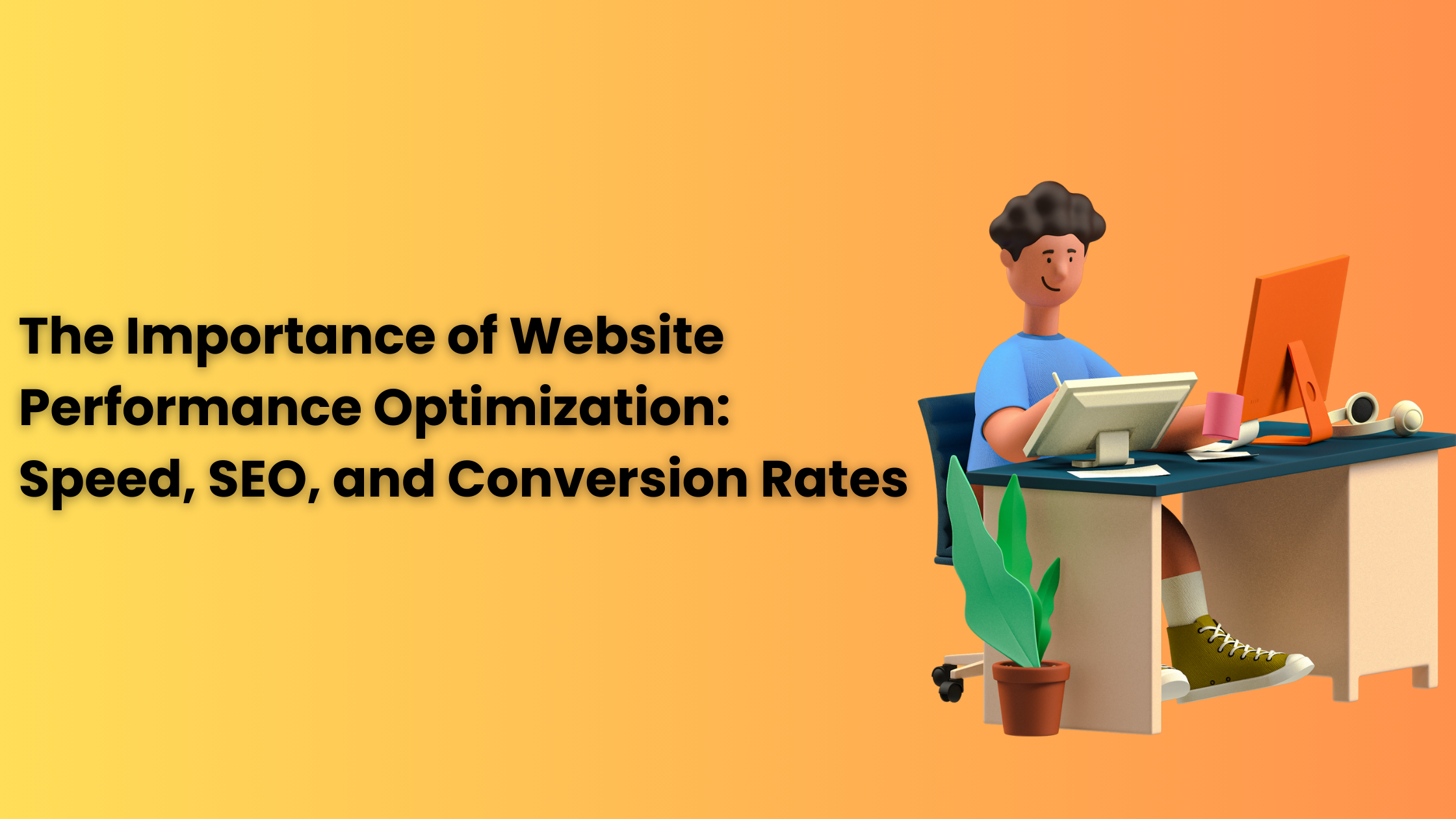



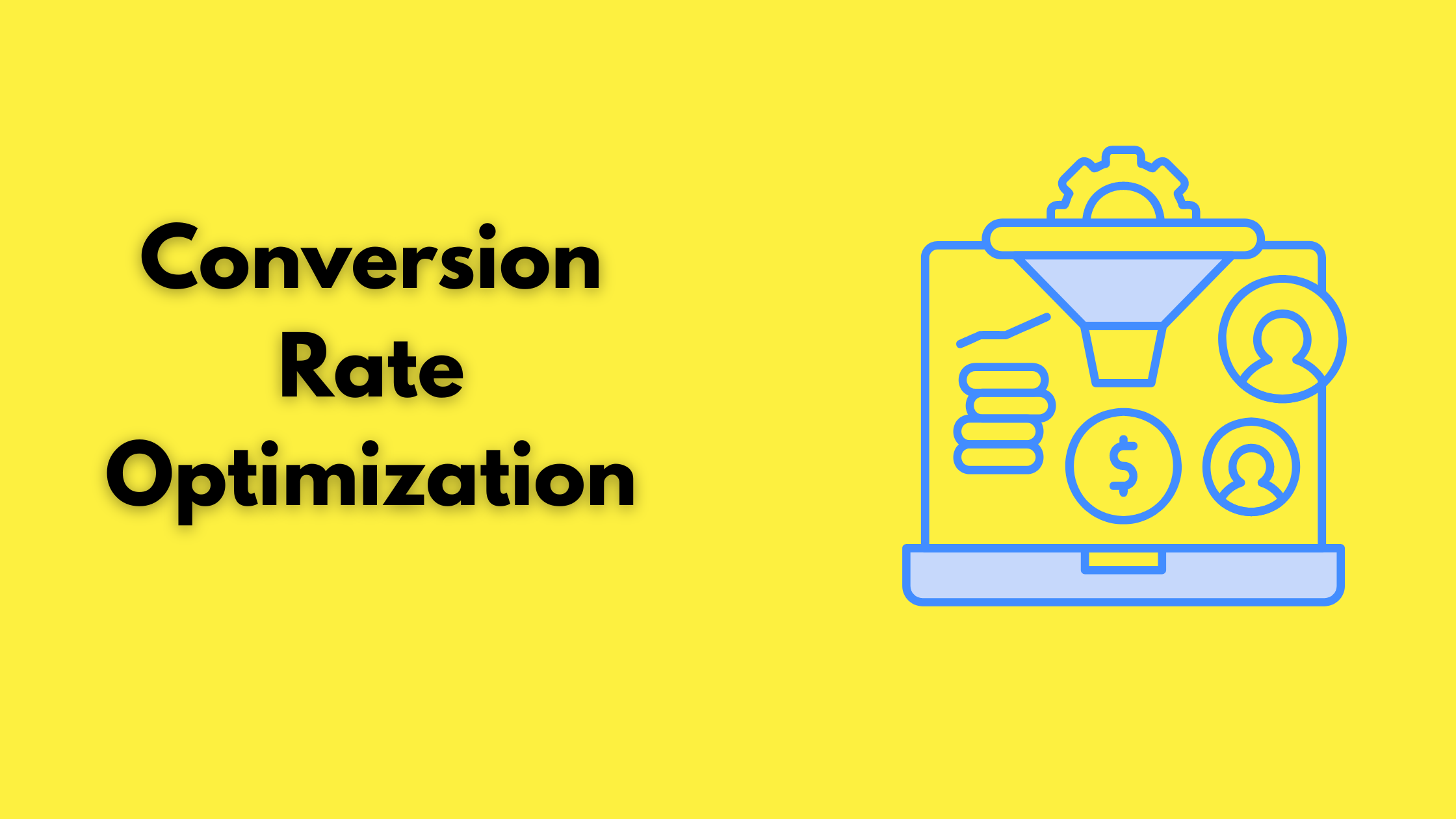
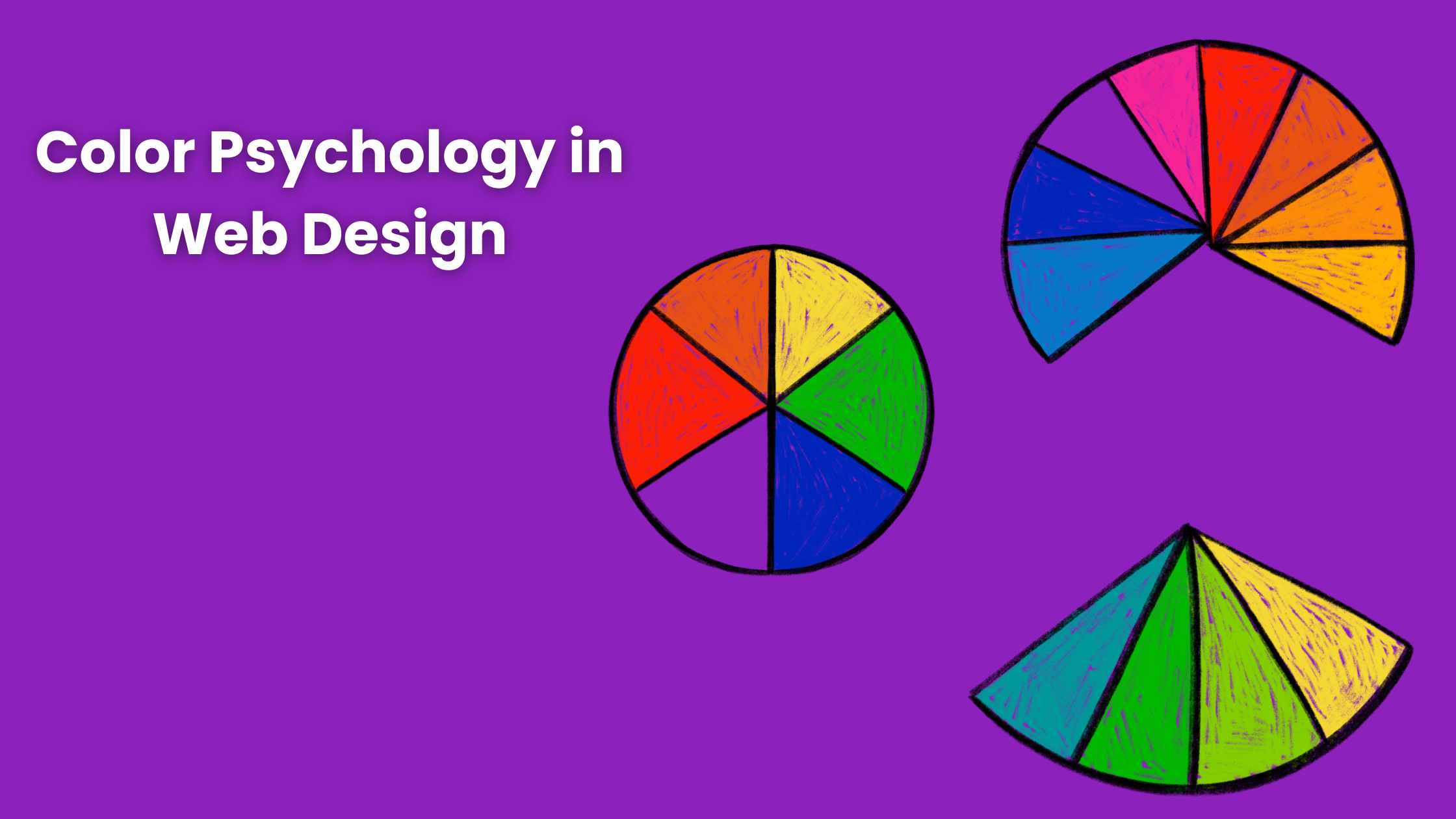
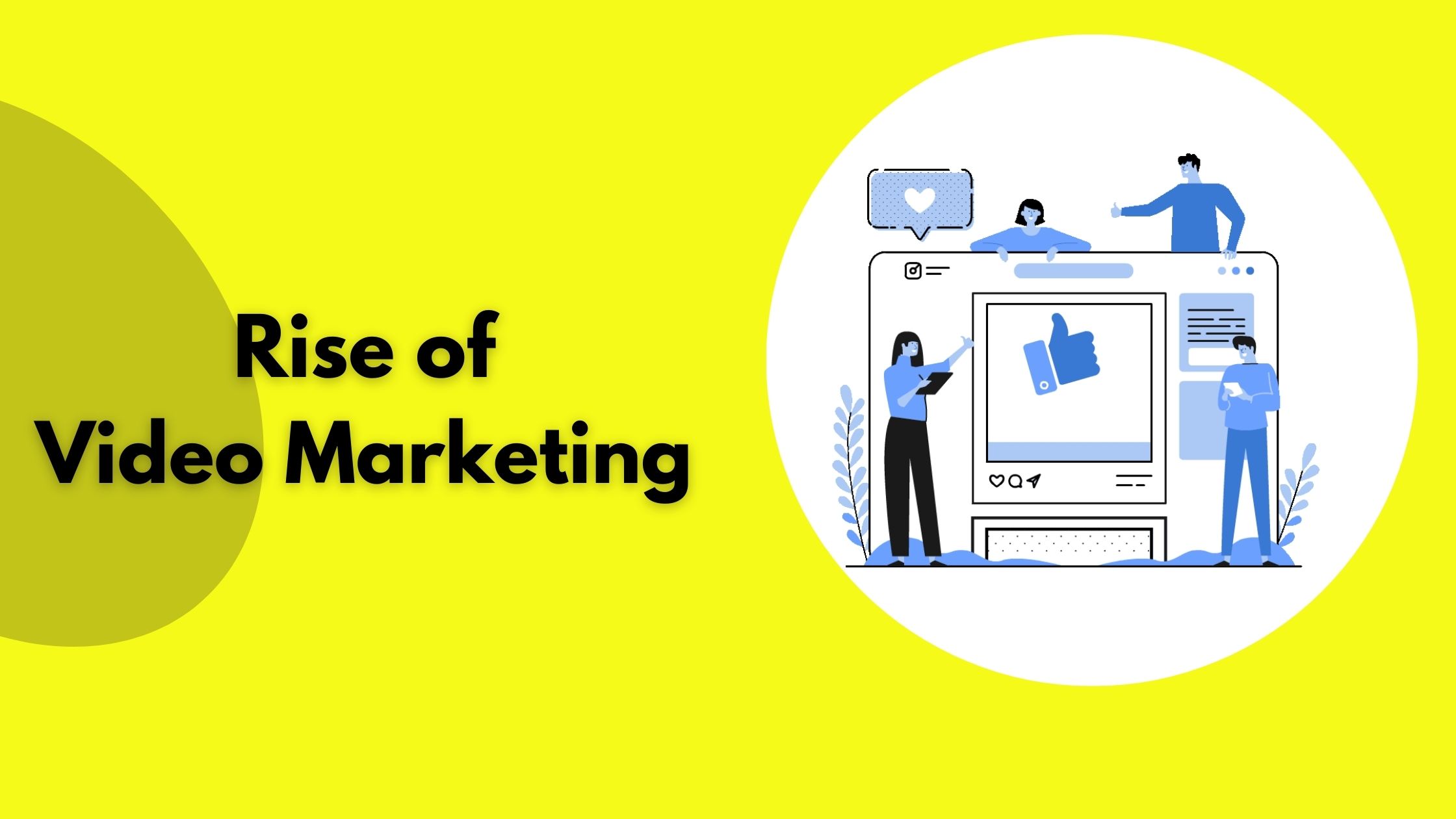


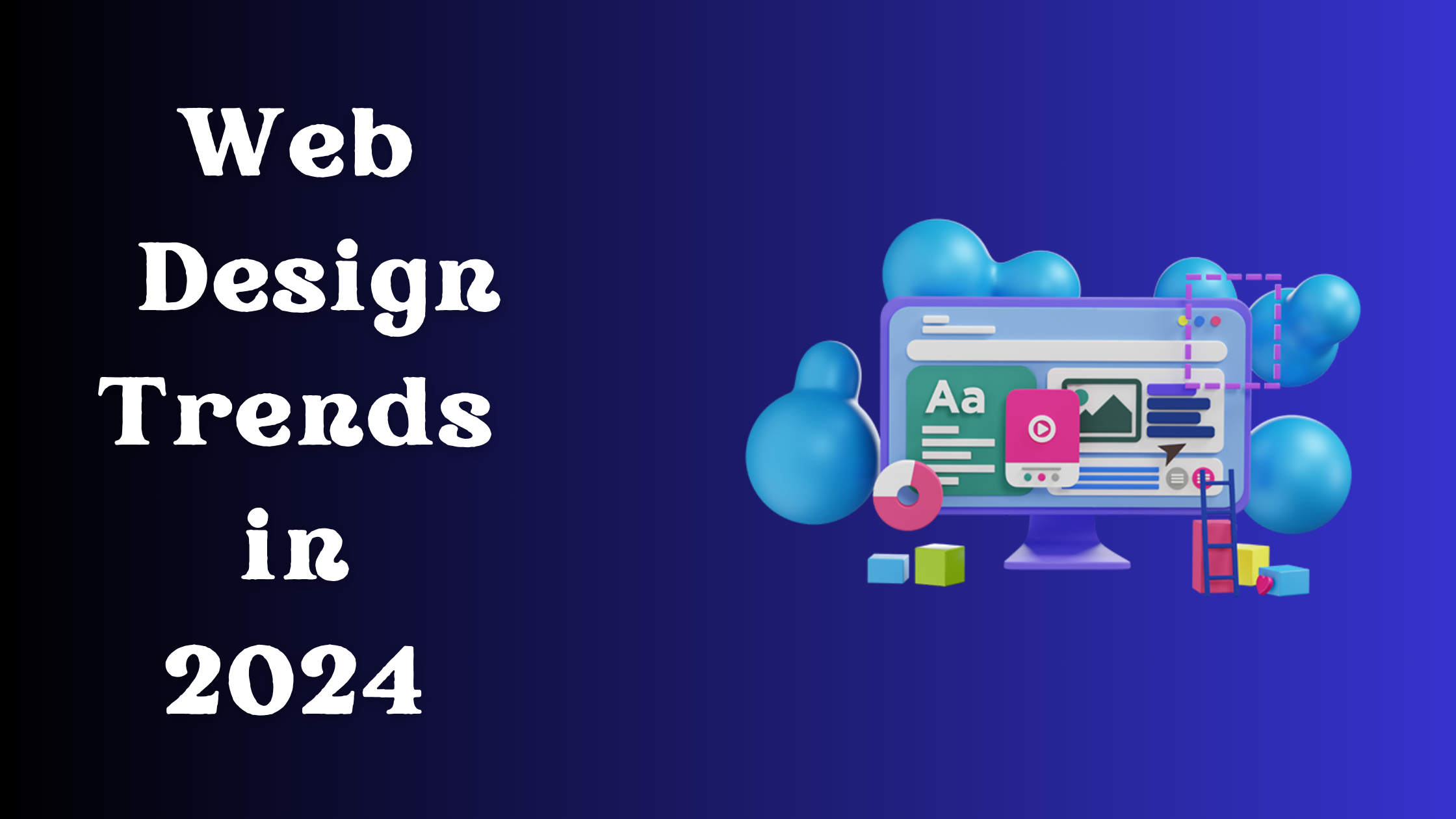

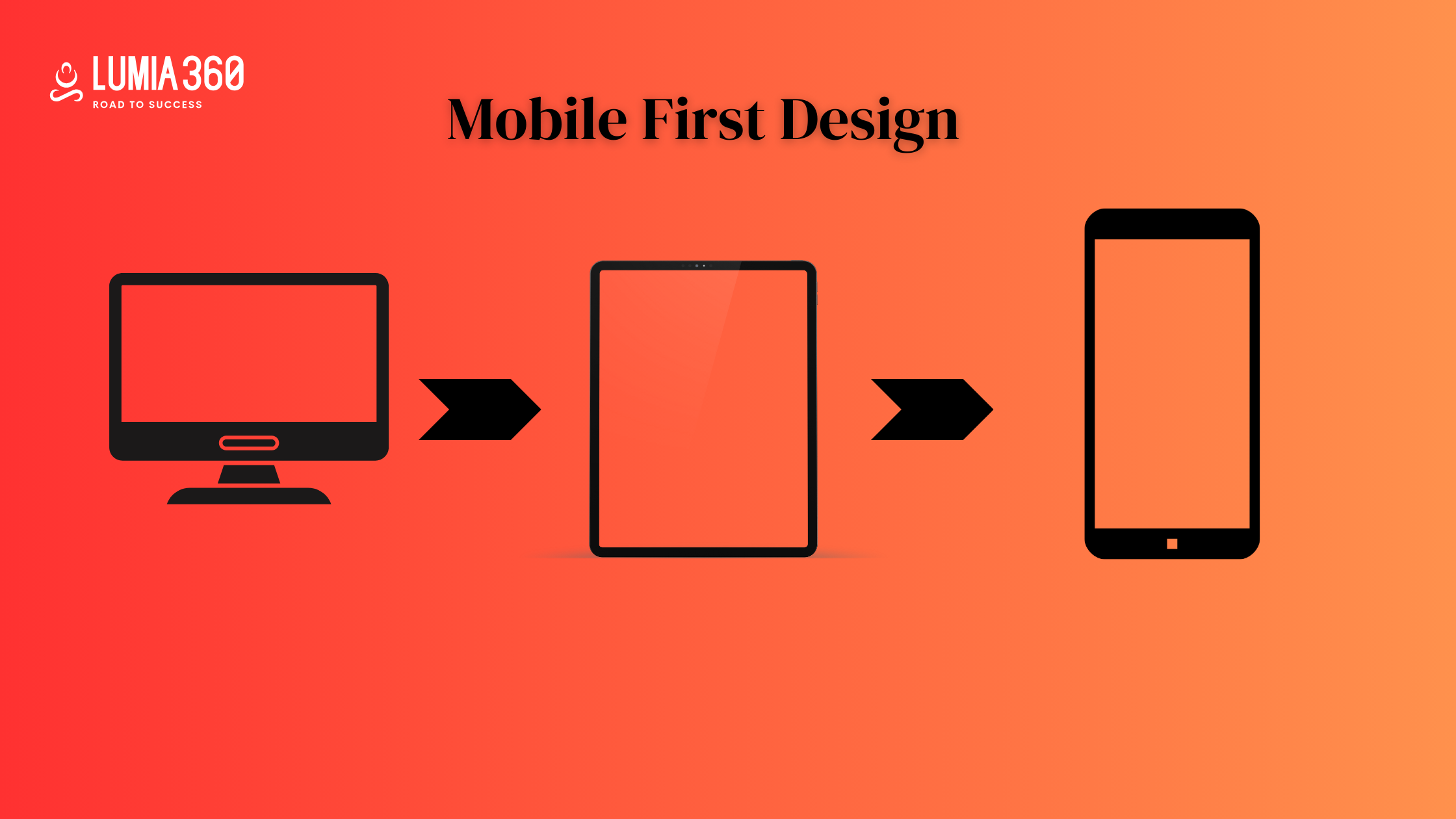
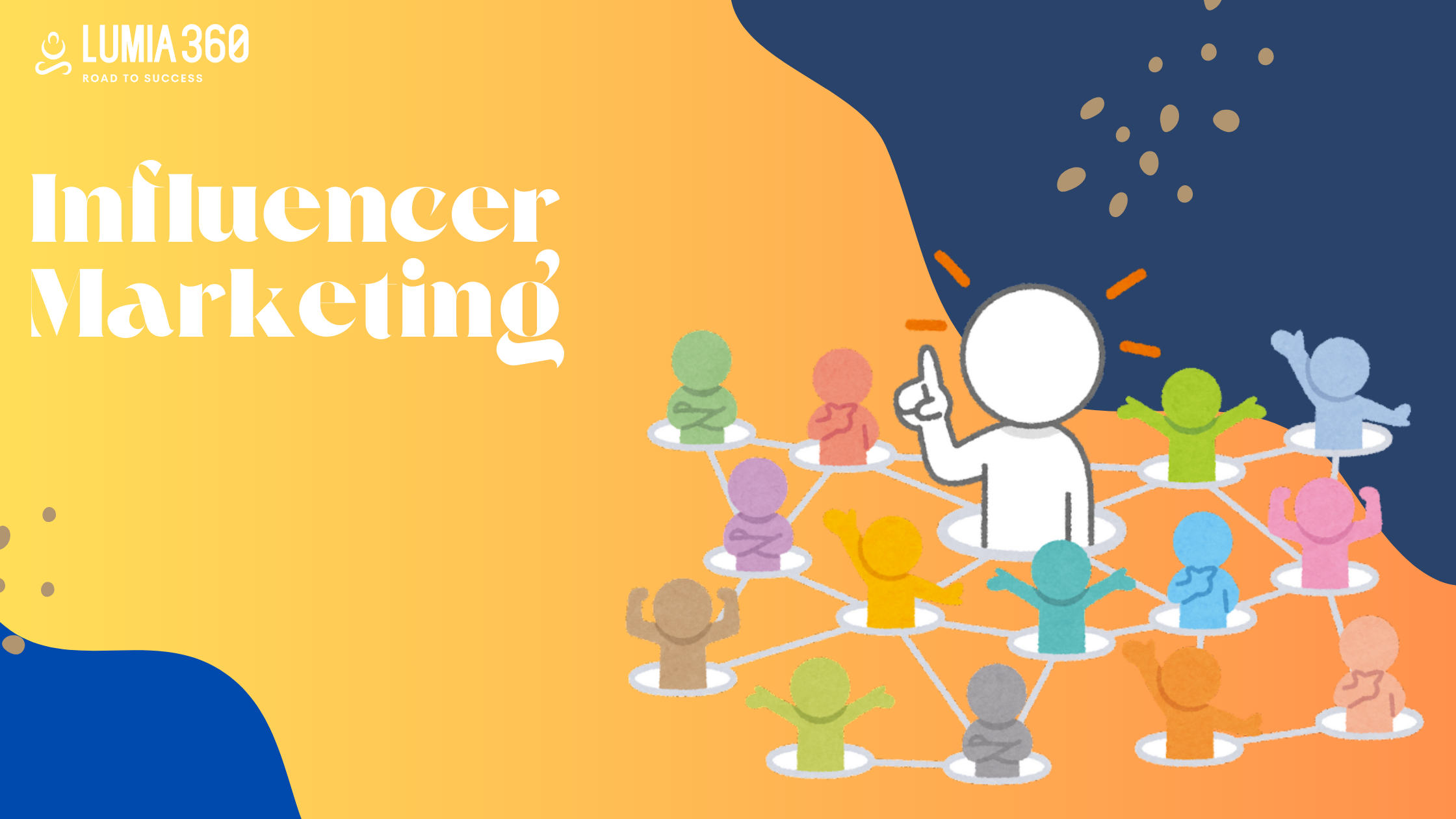

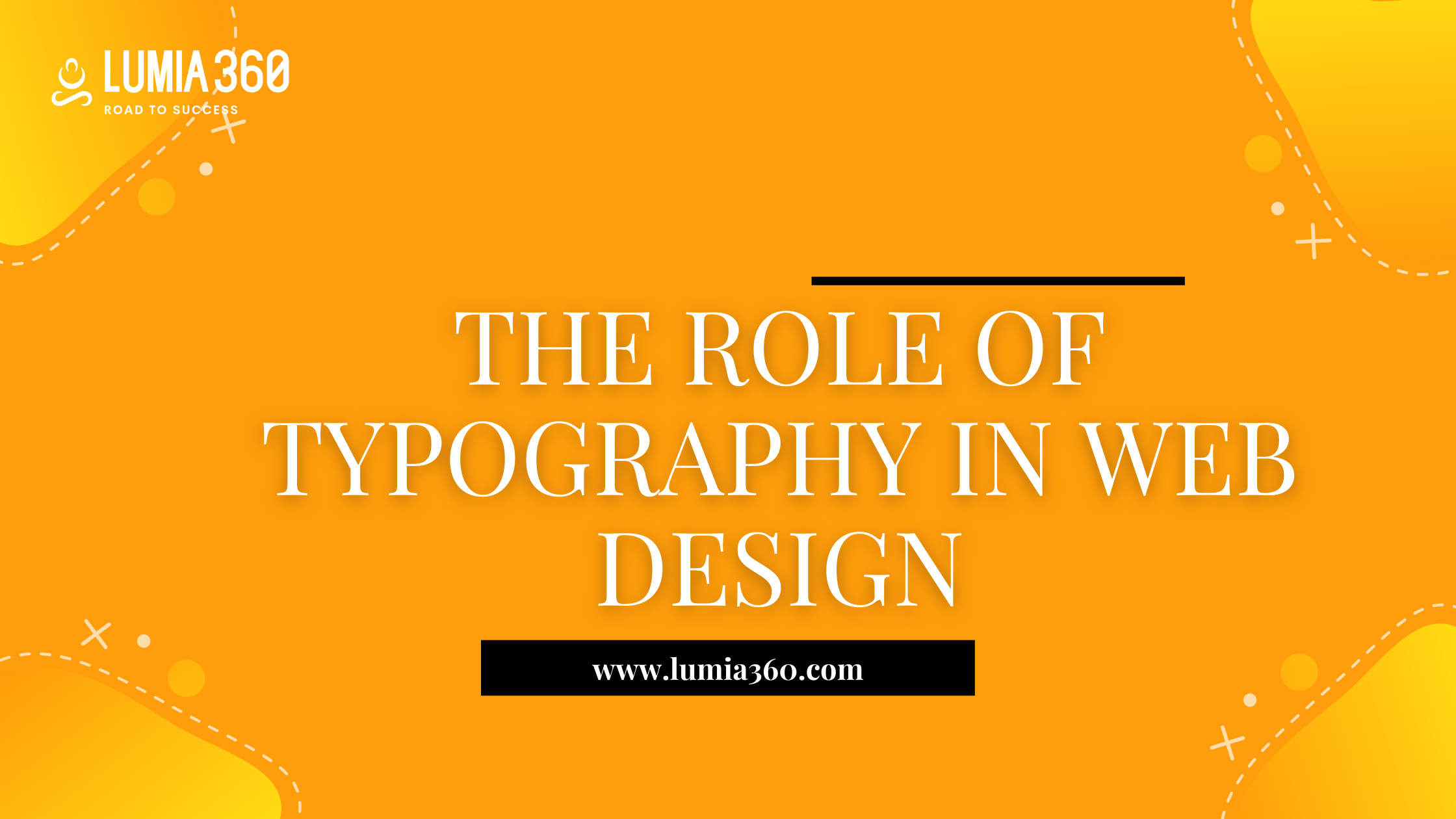

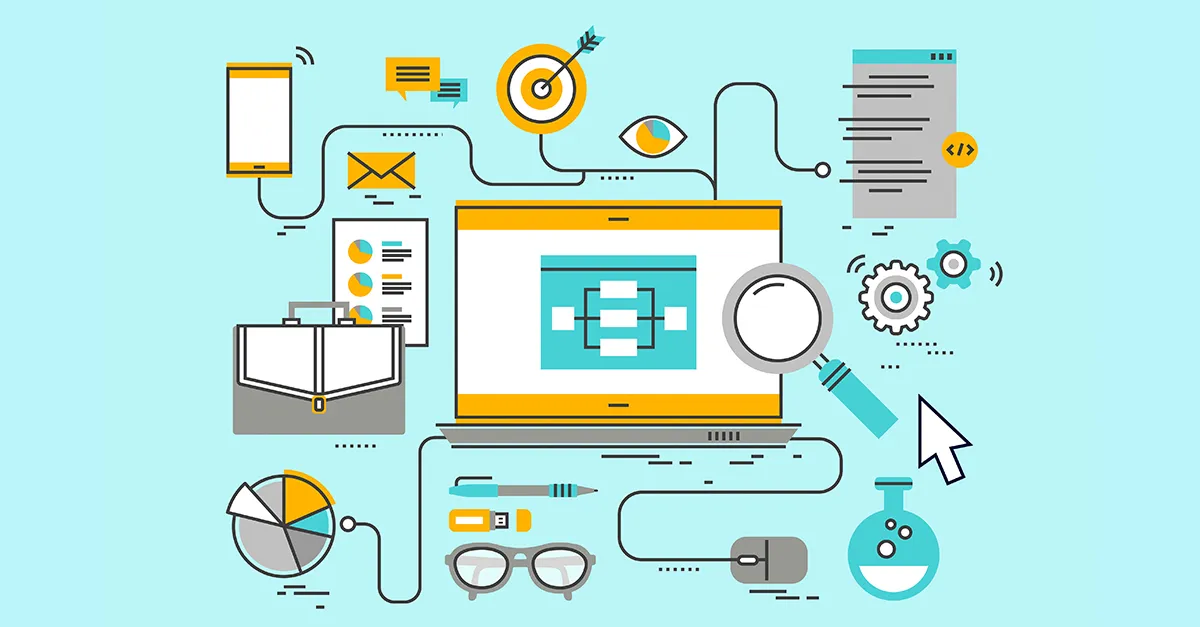

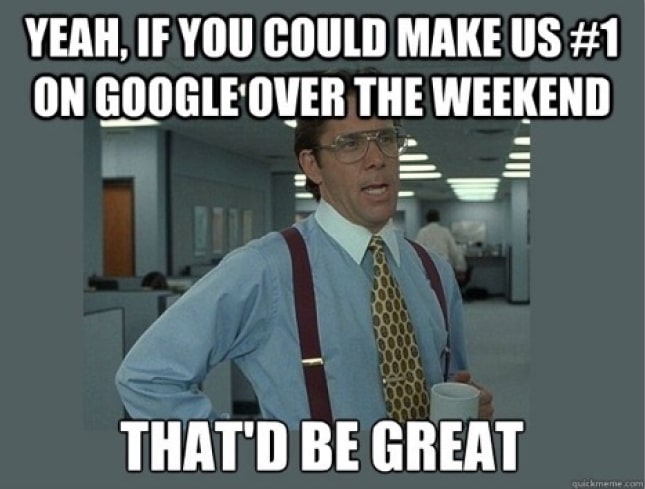

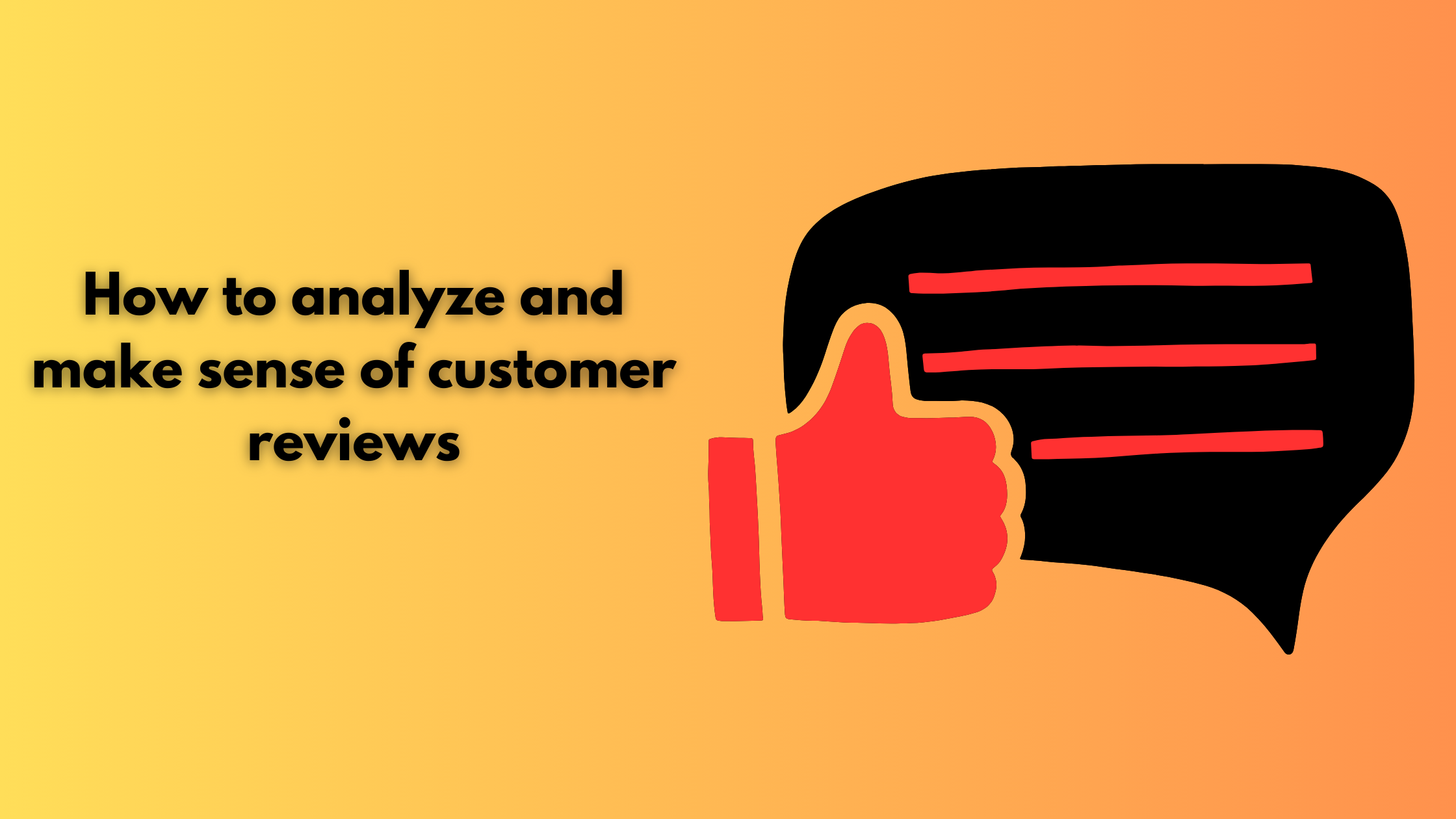
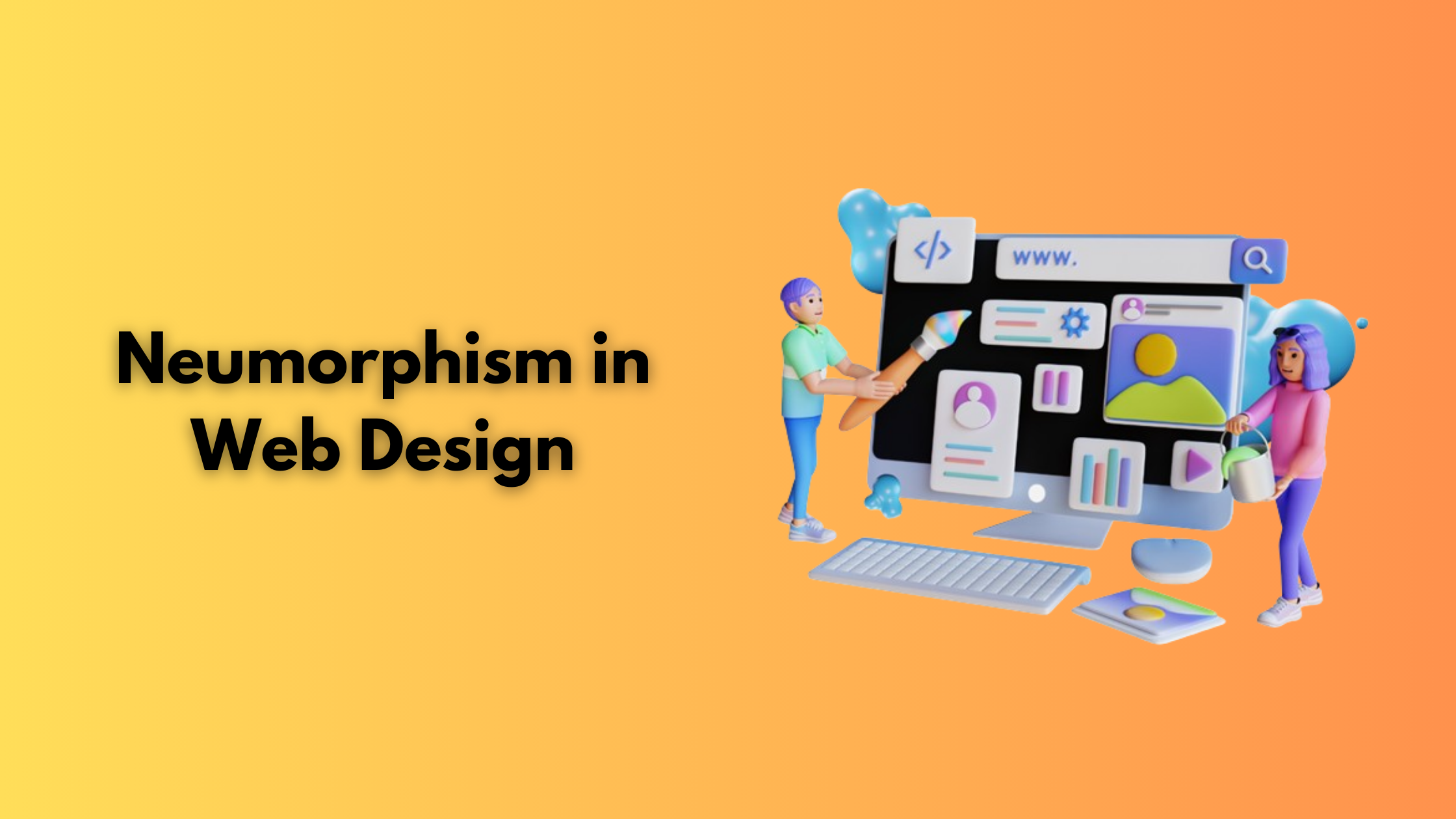


1 Comment
[…] Read Also: Designing for Emotional Connection: How to Create Empathetic and User-Centric Websites […]